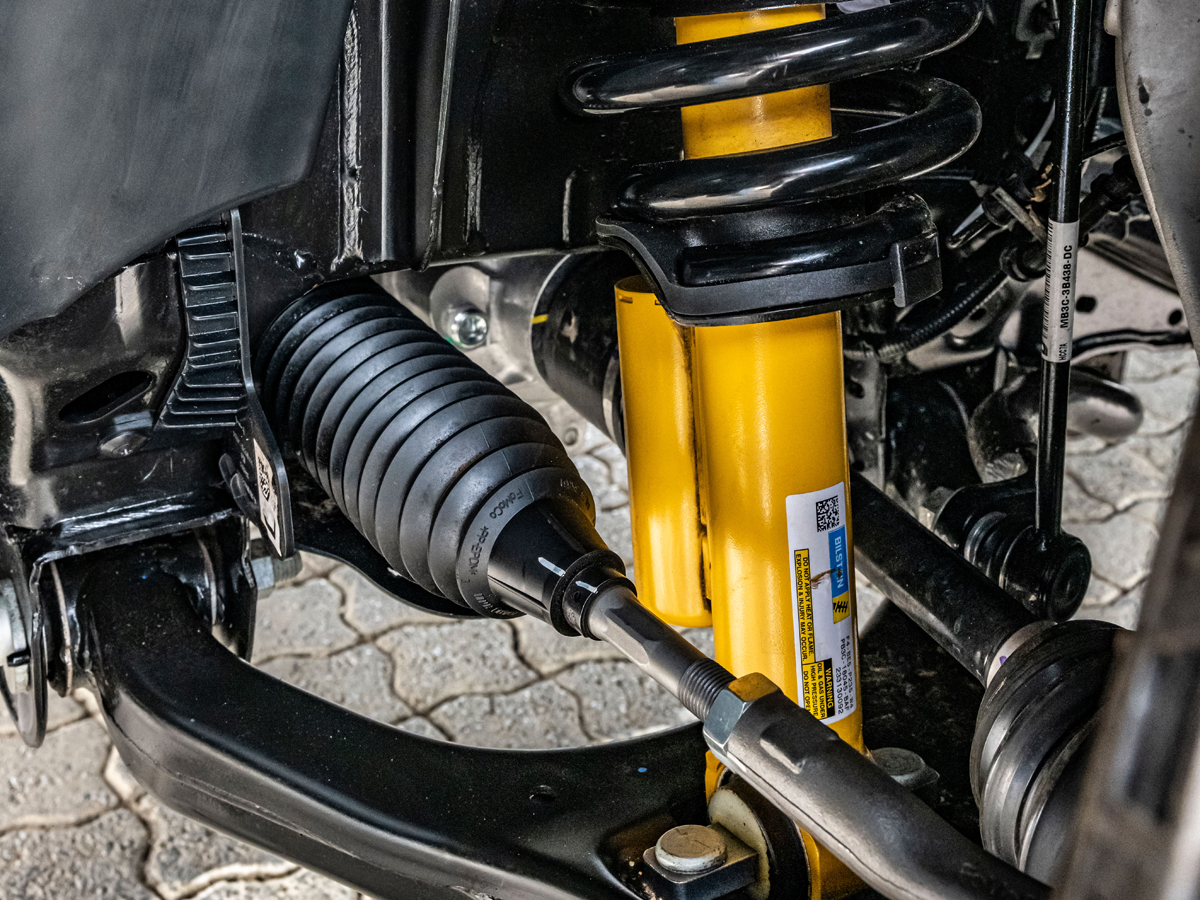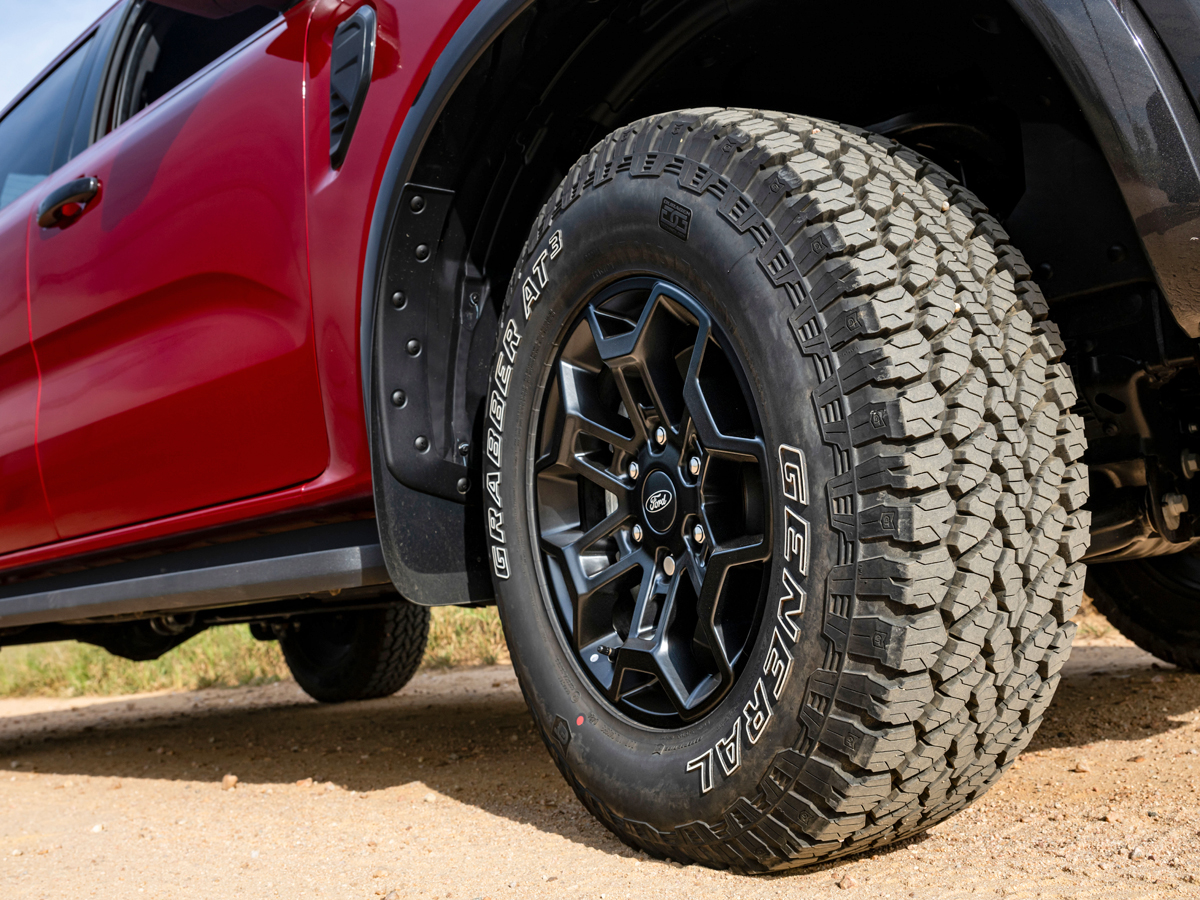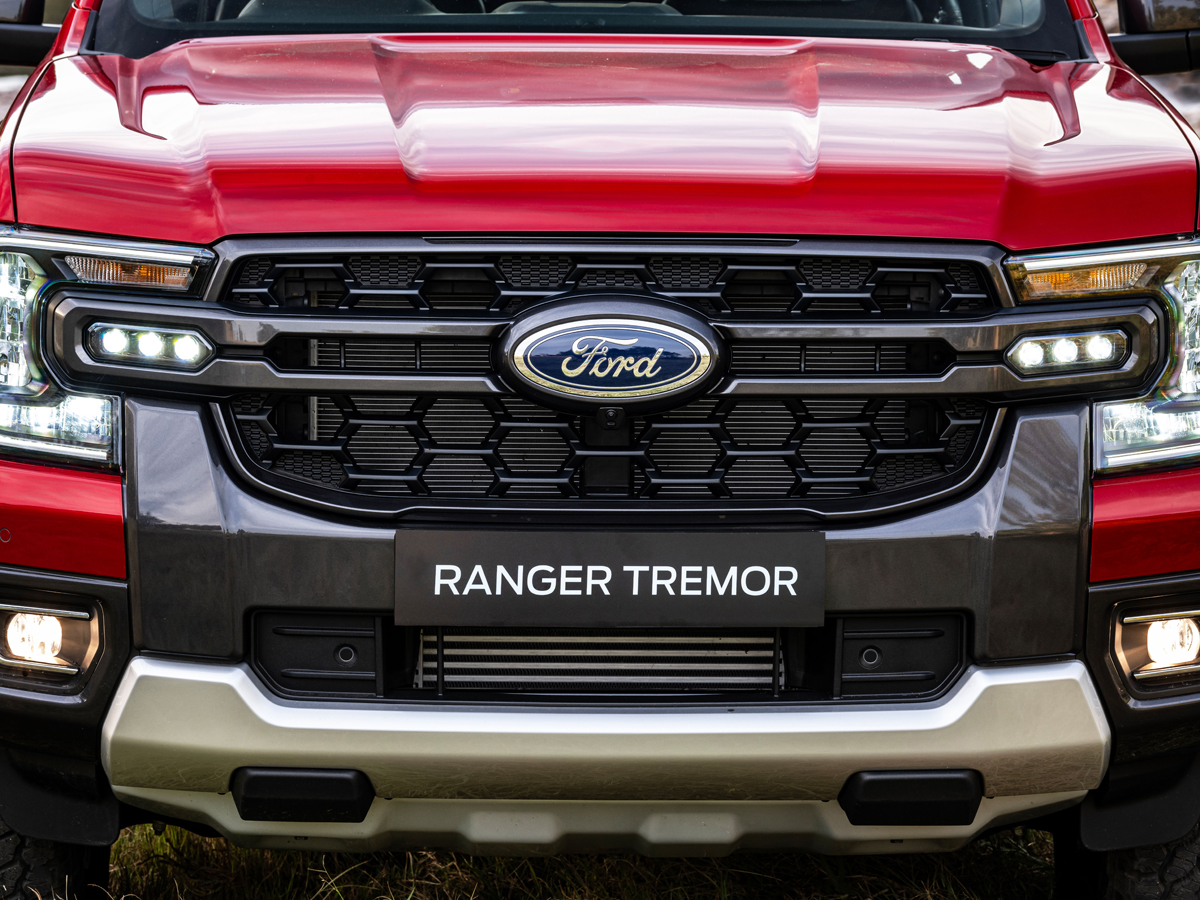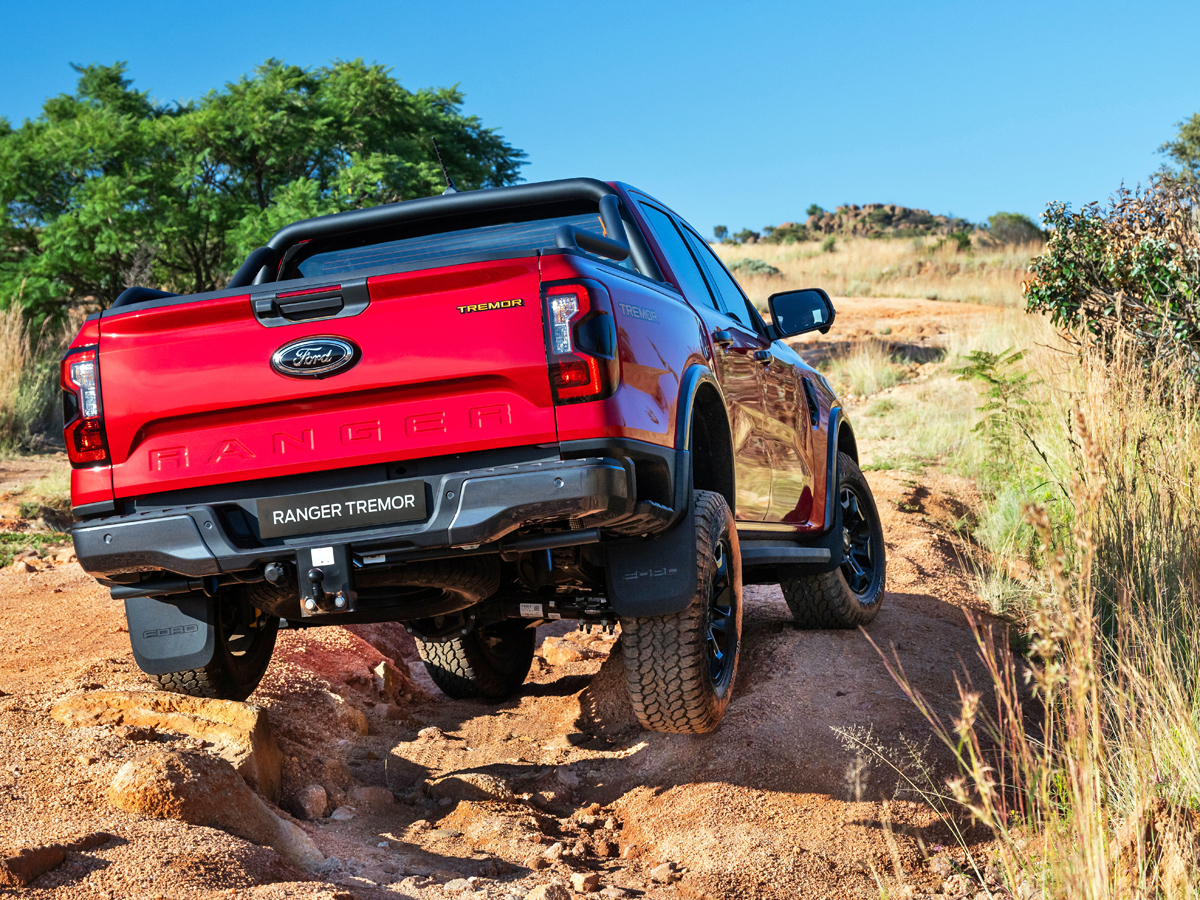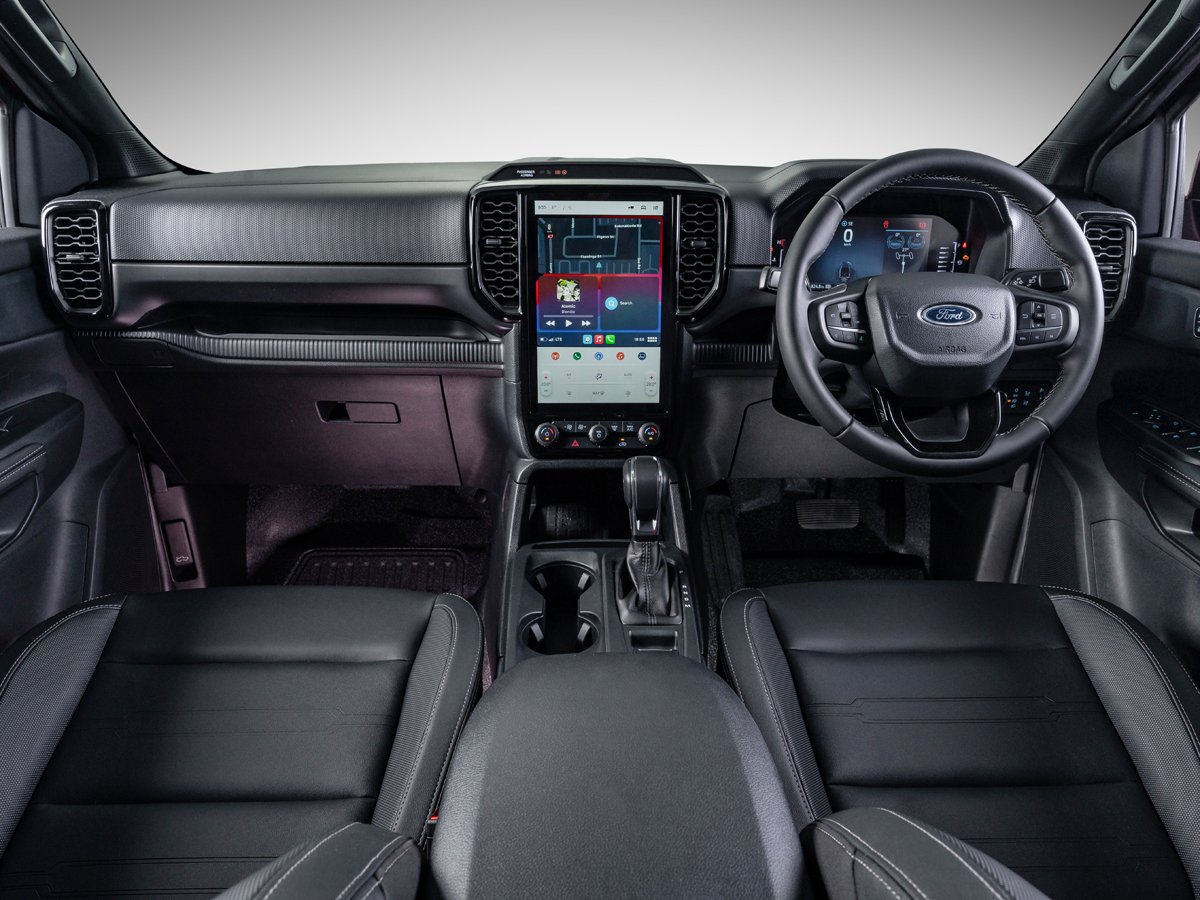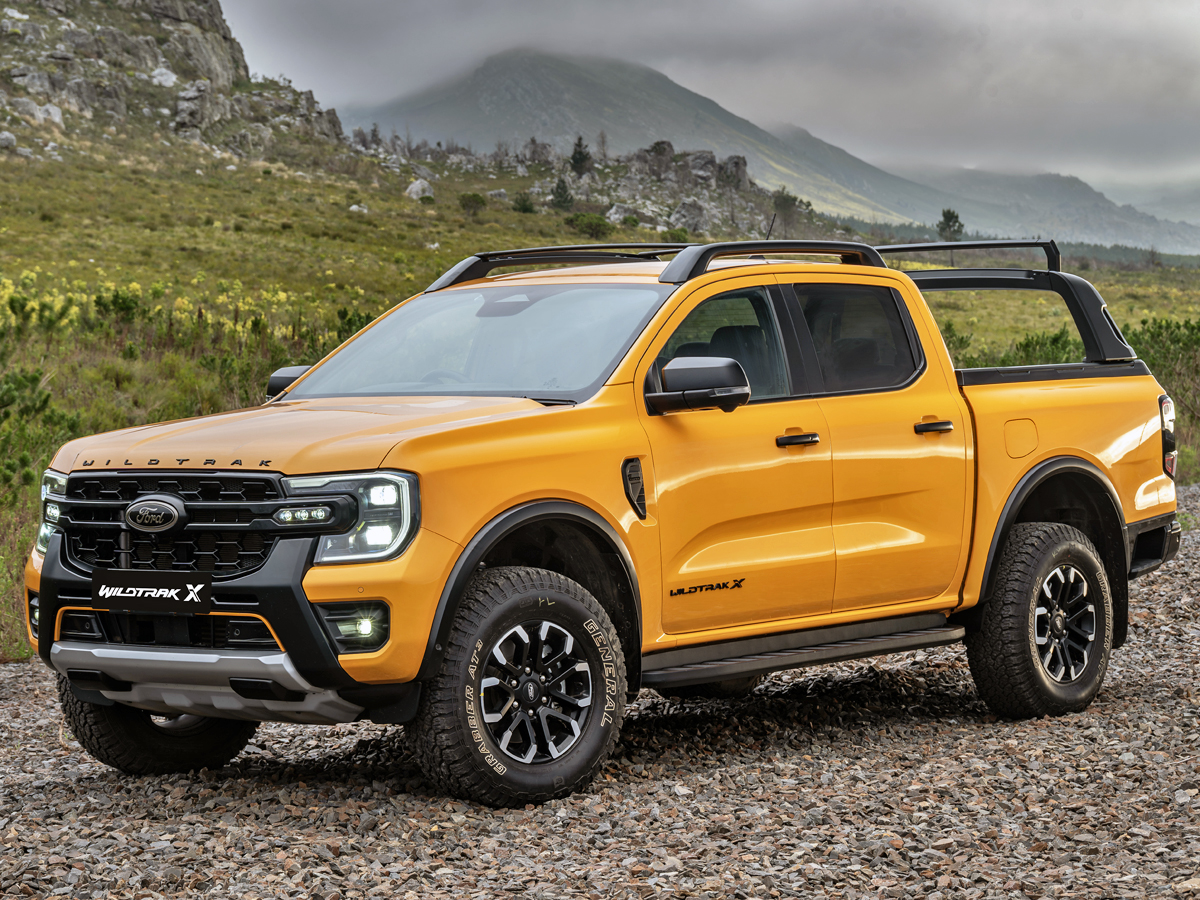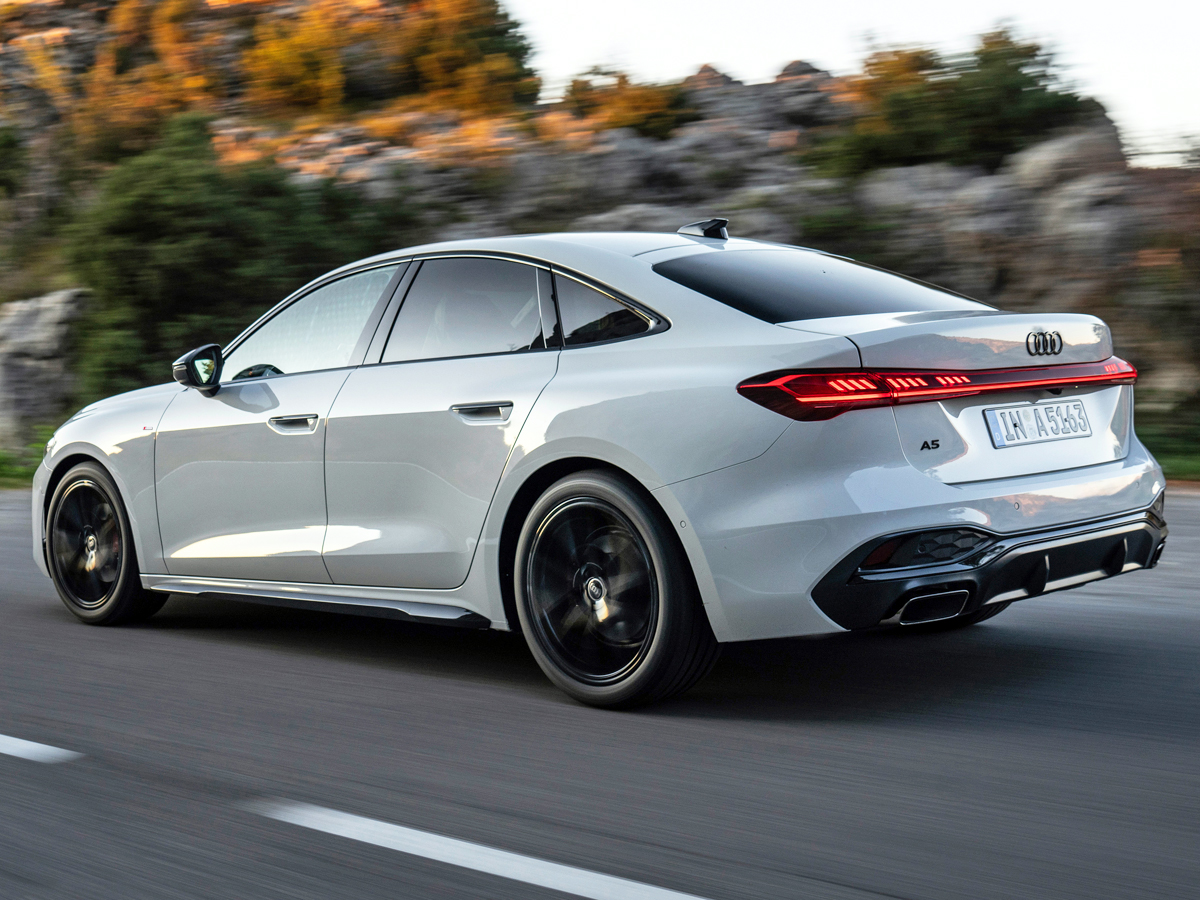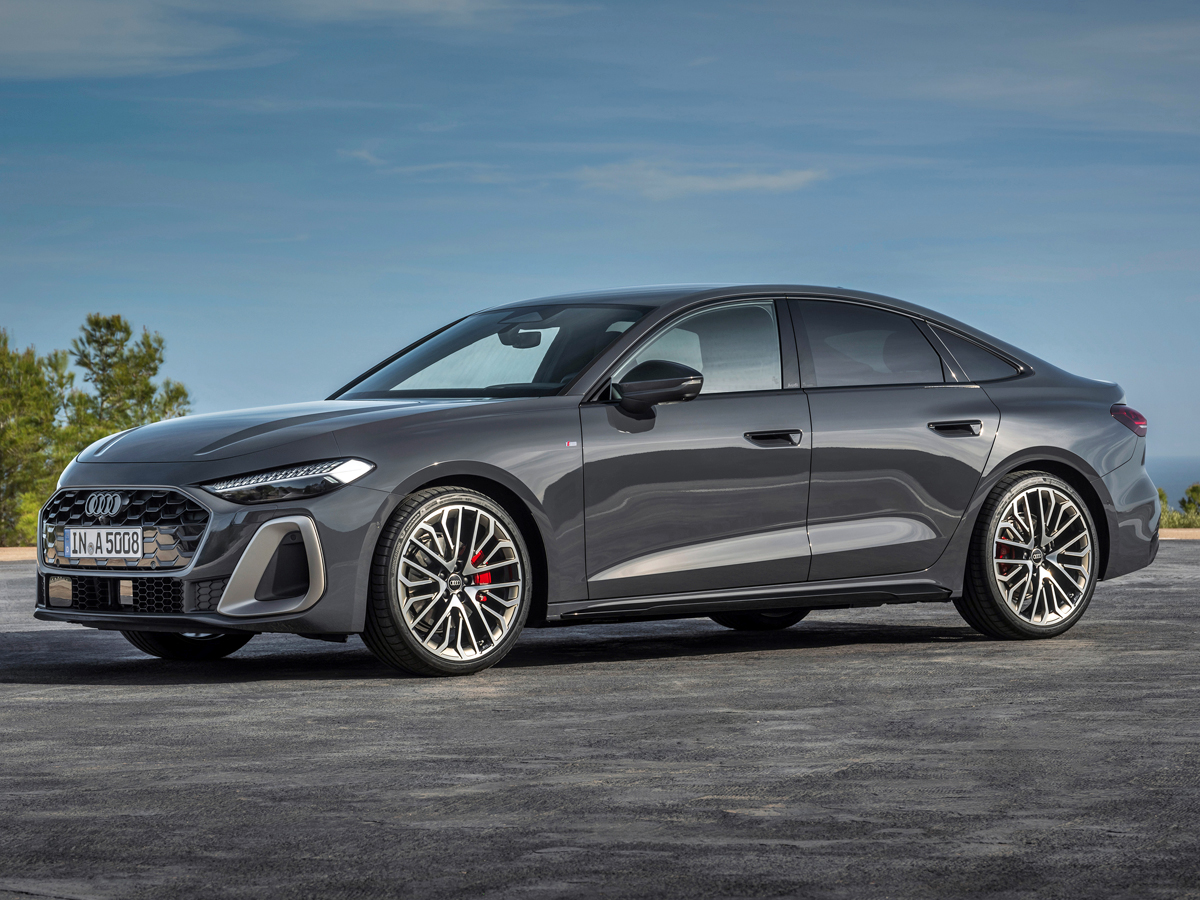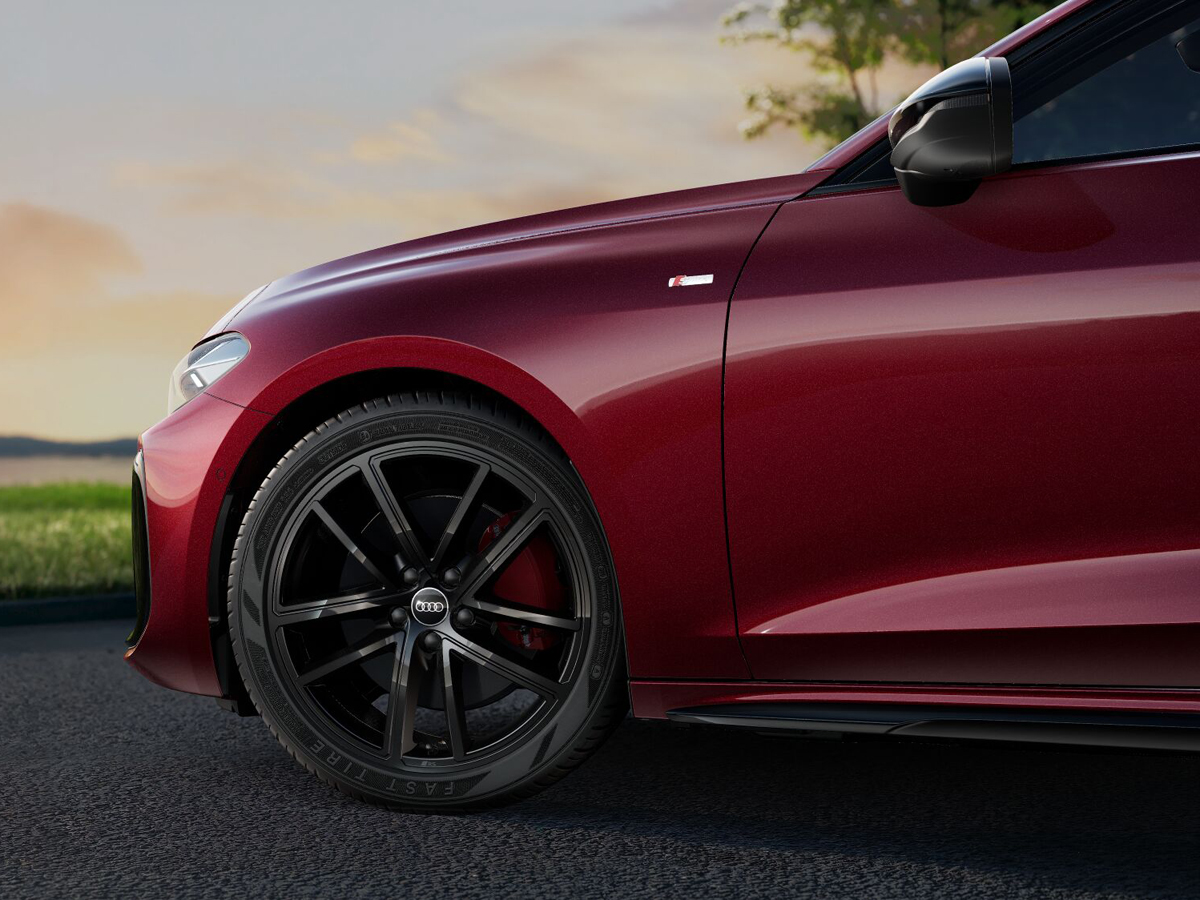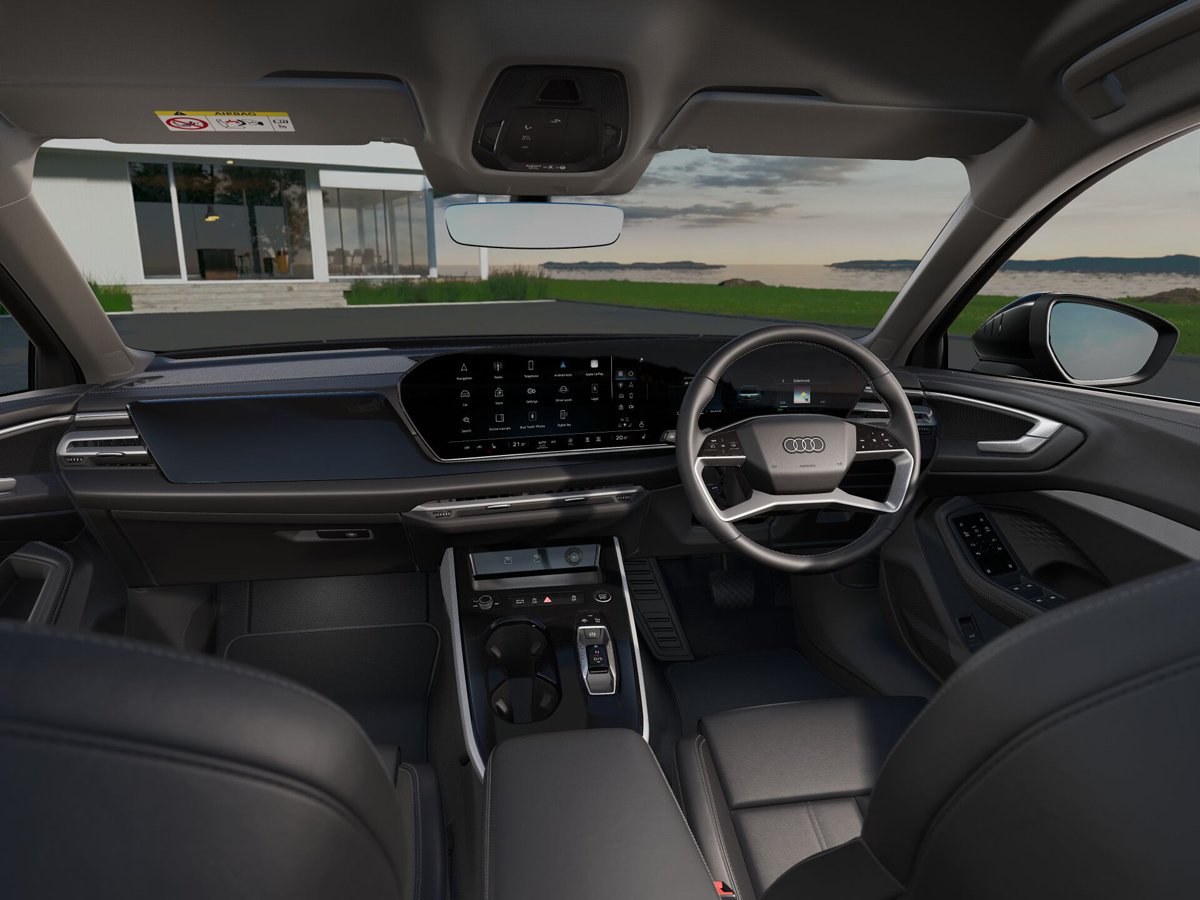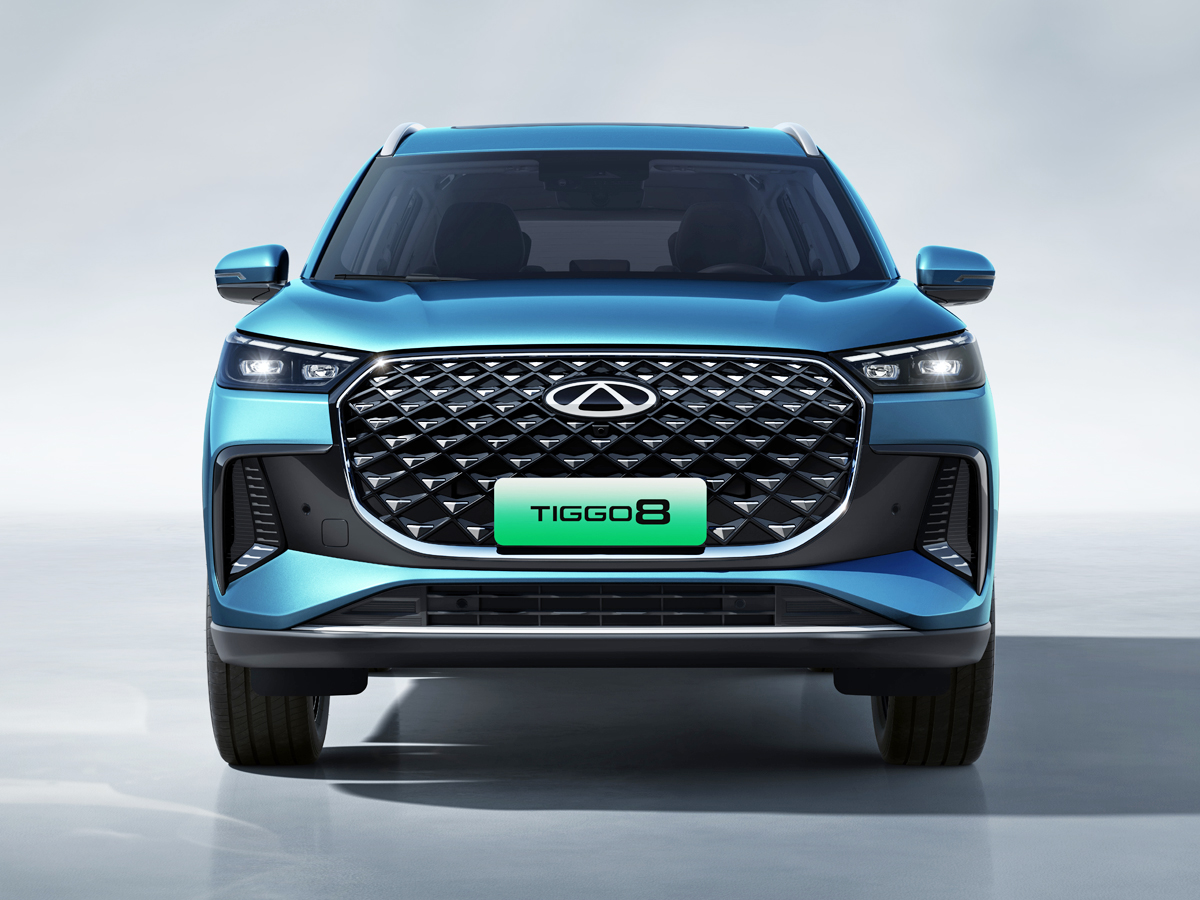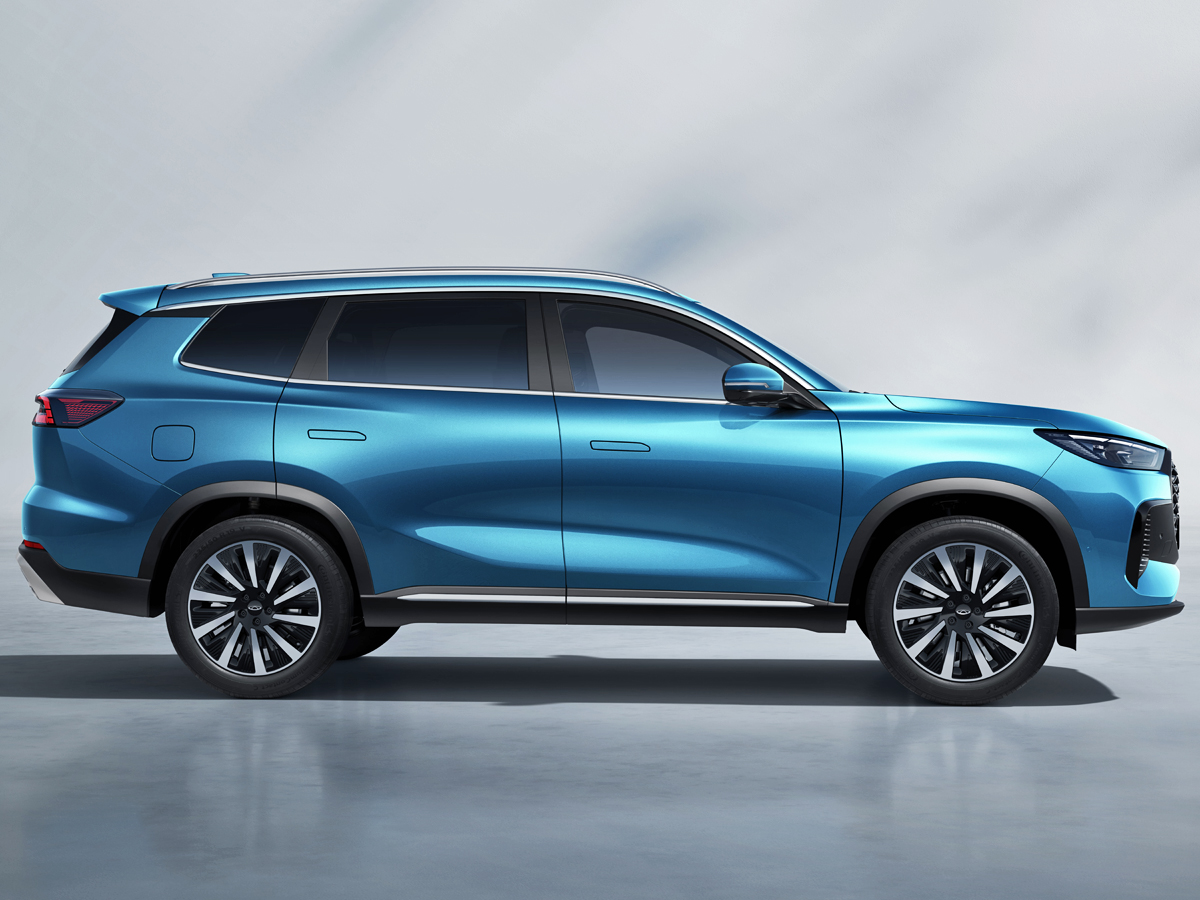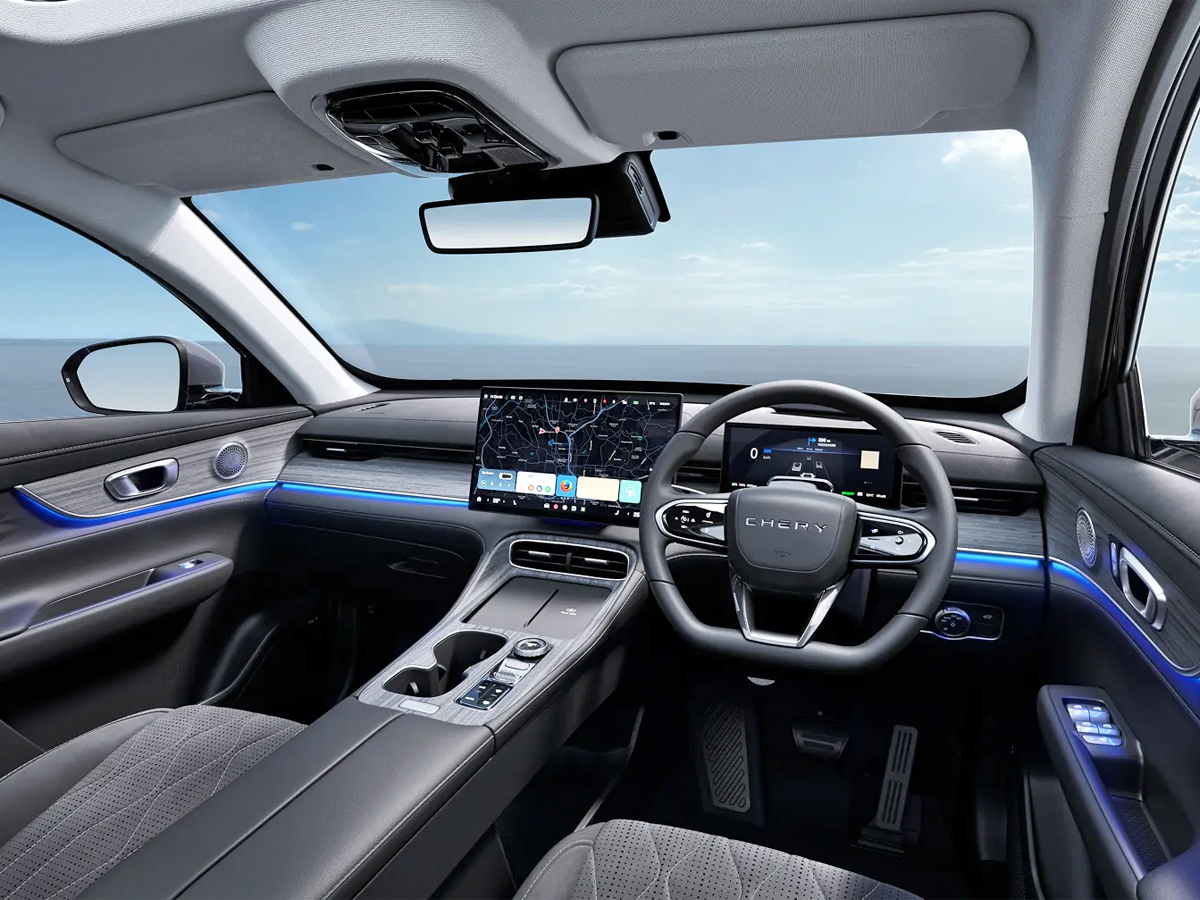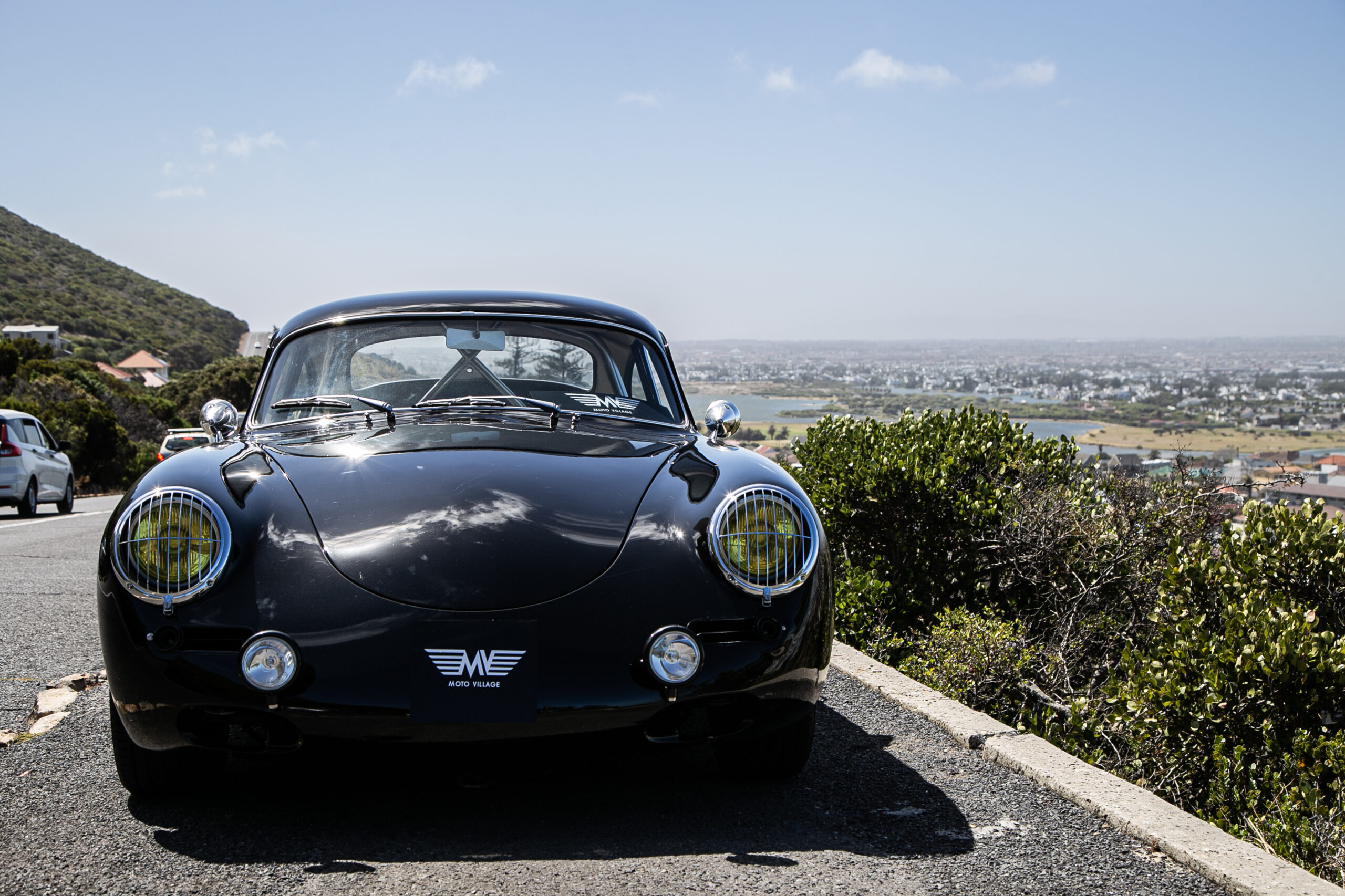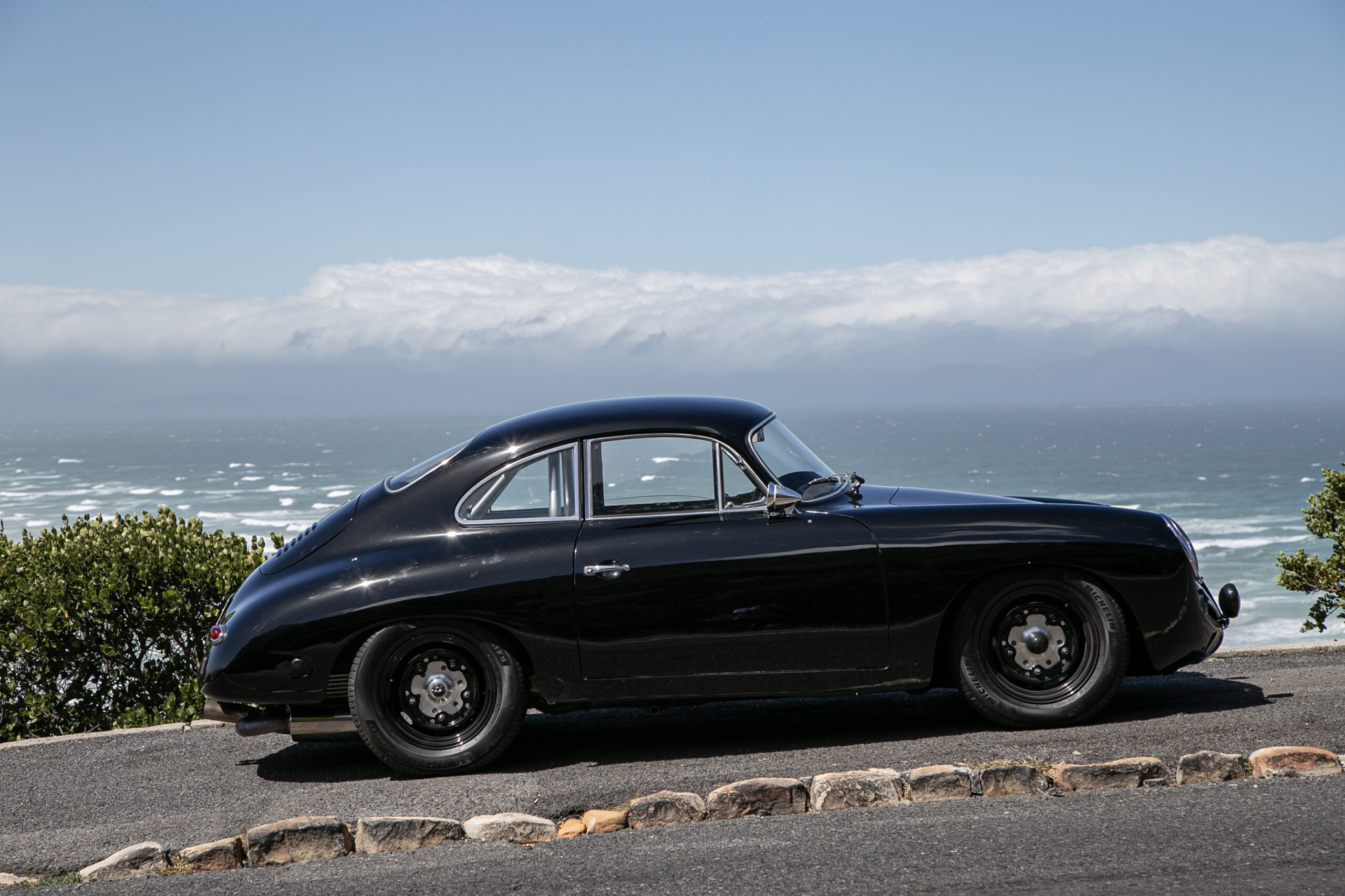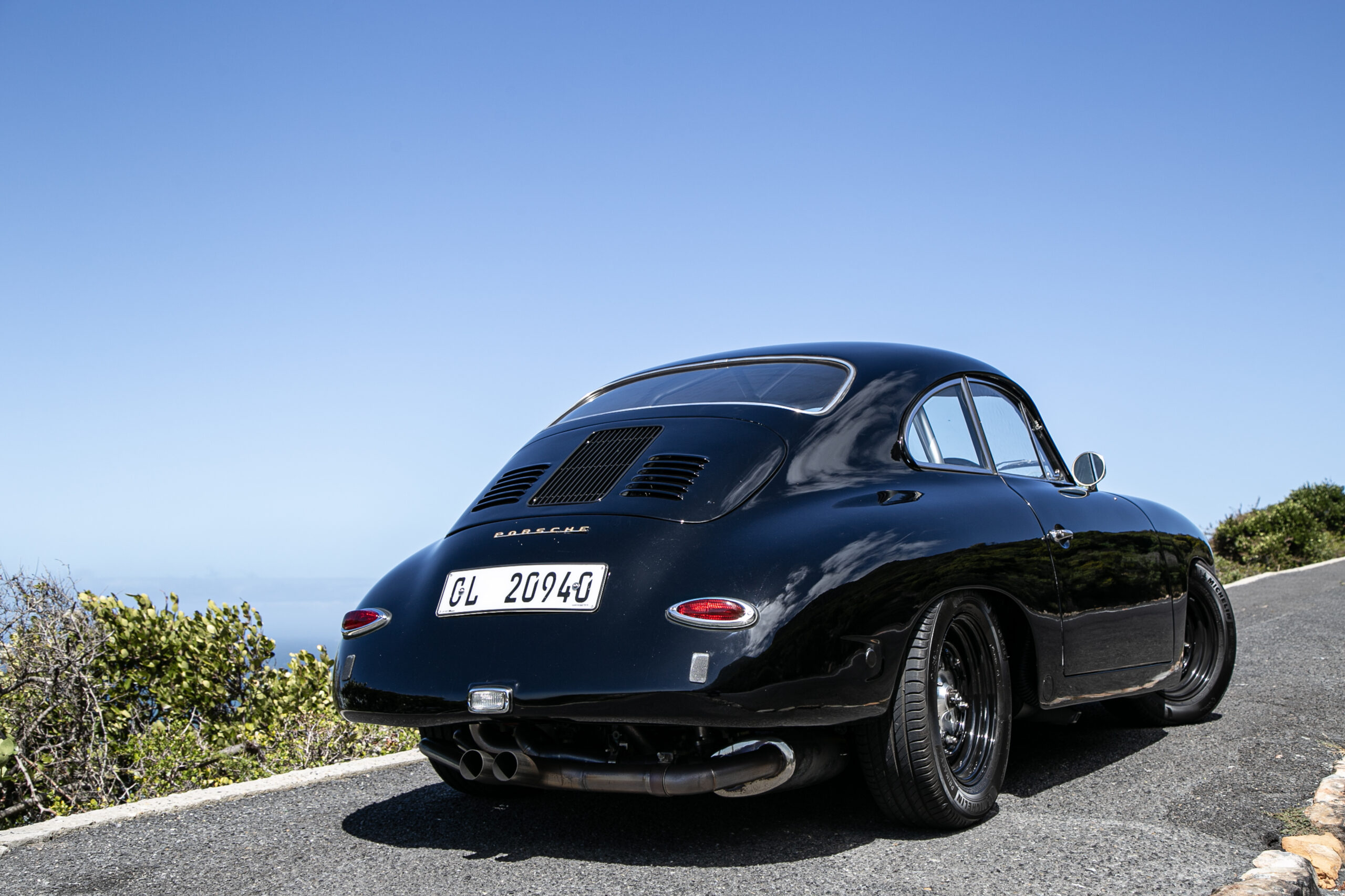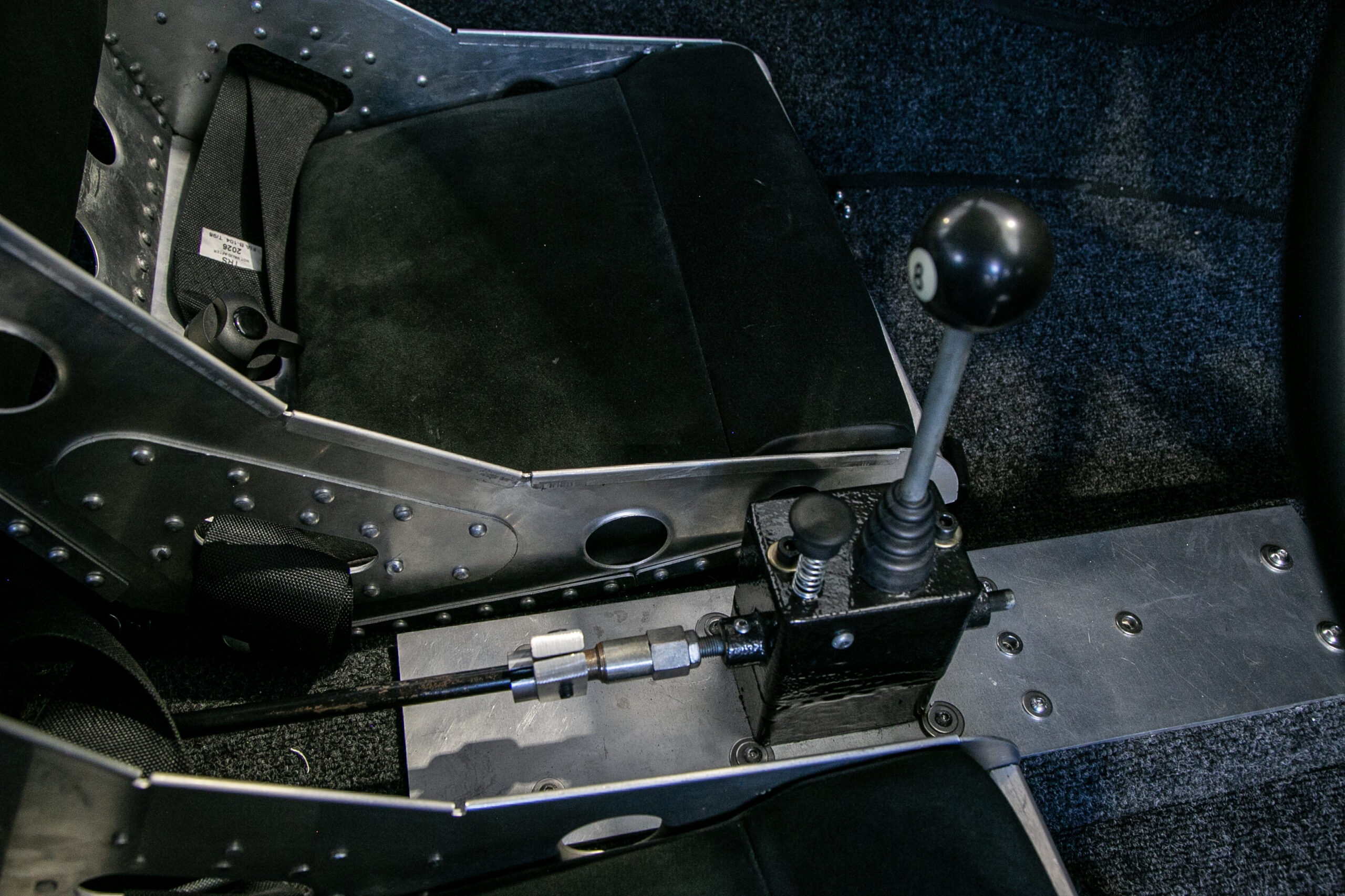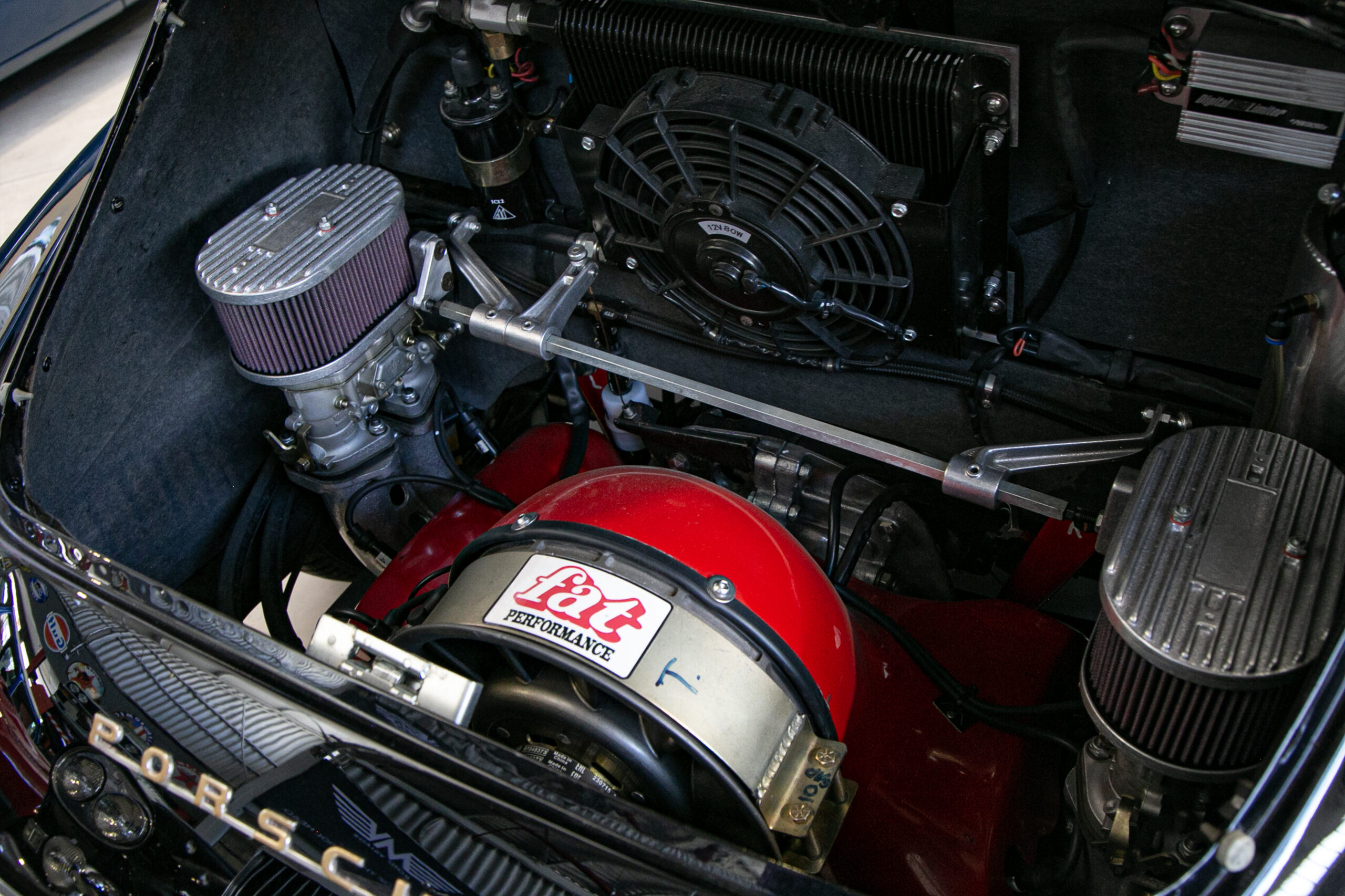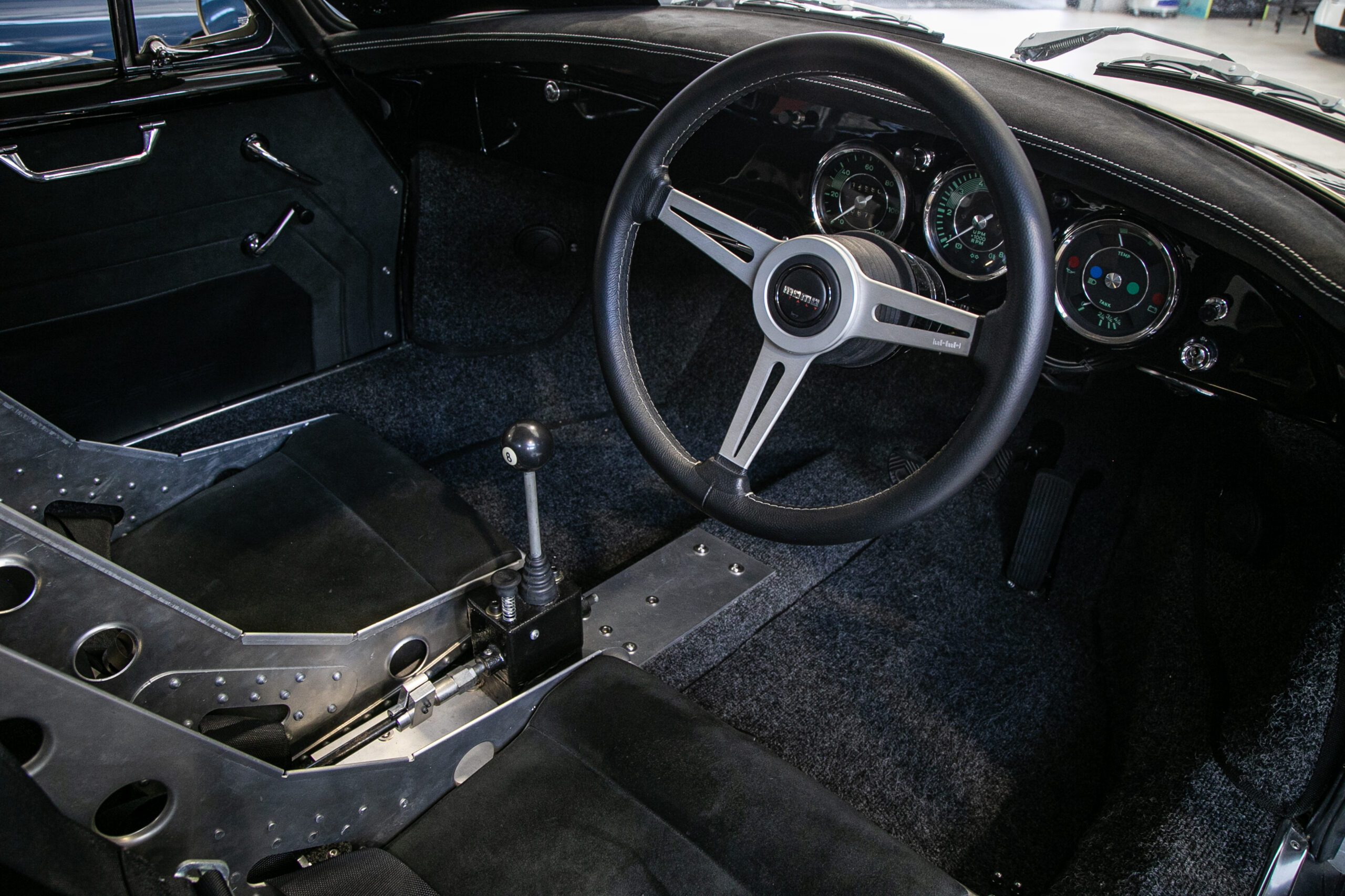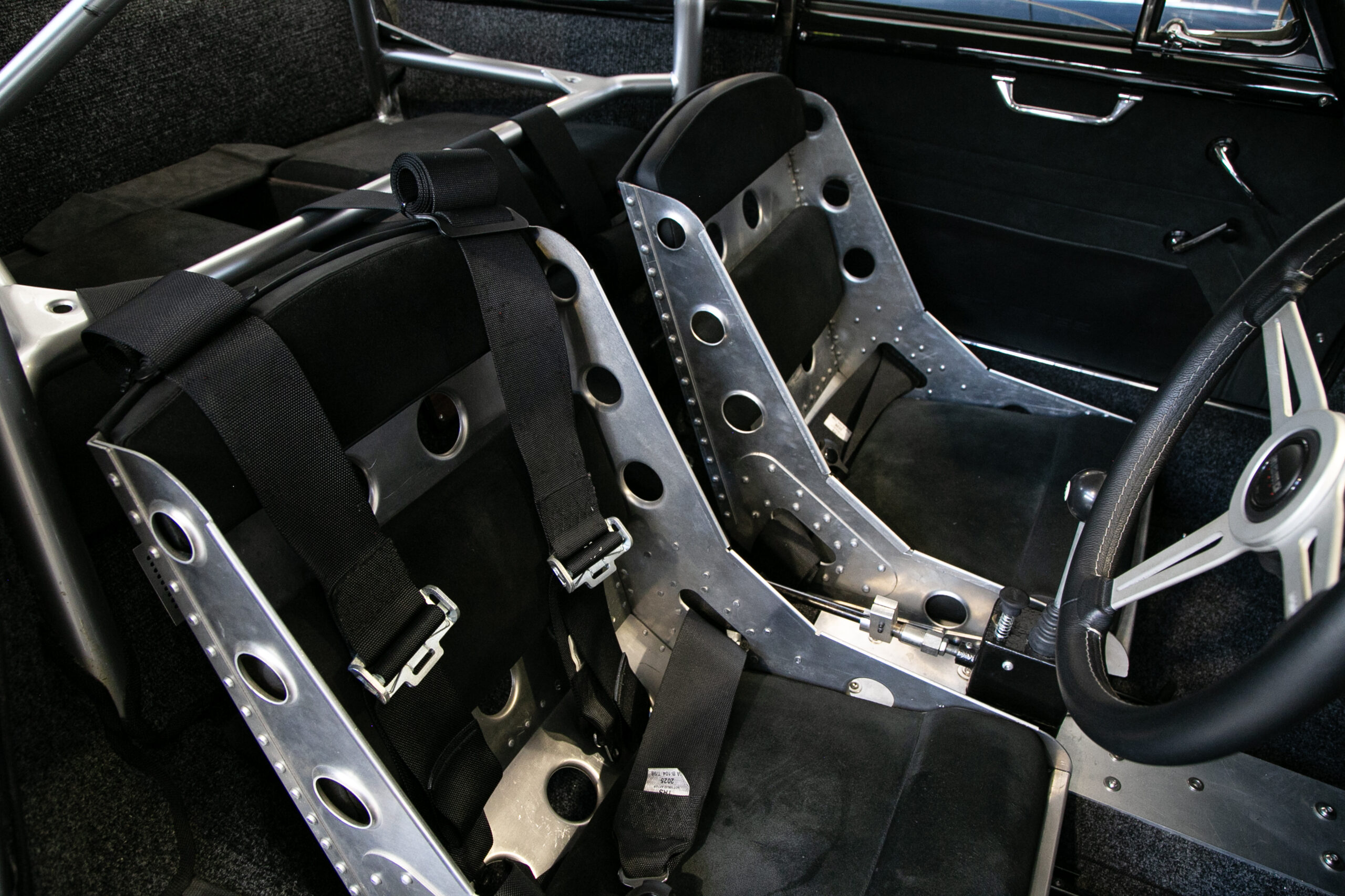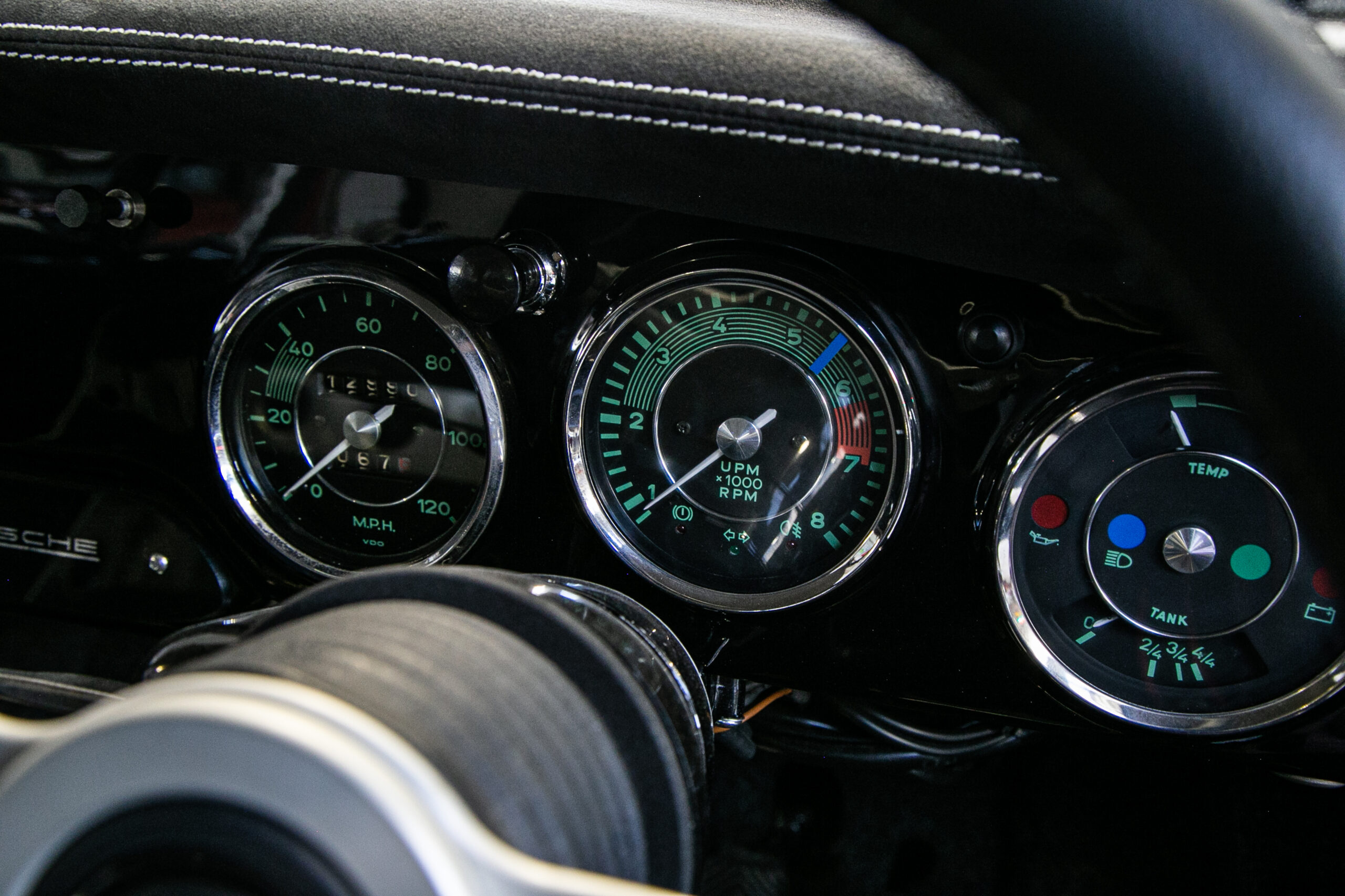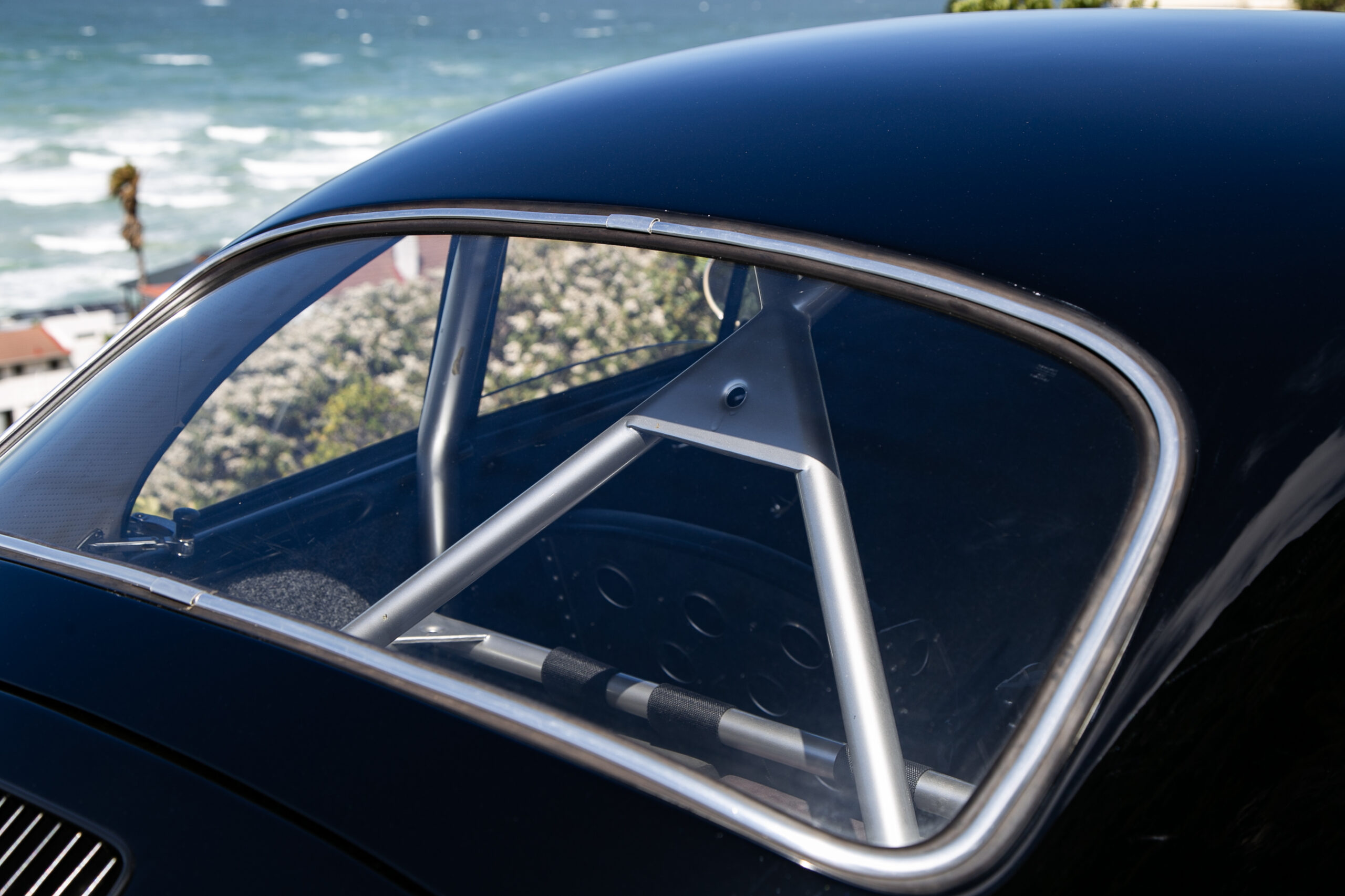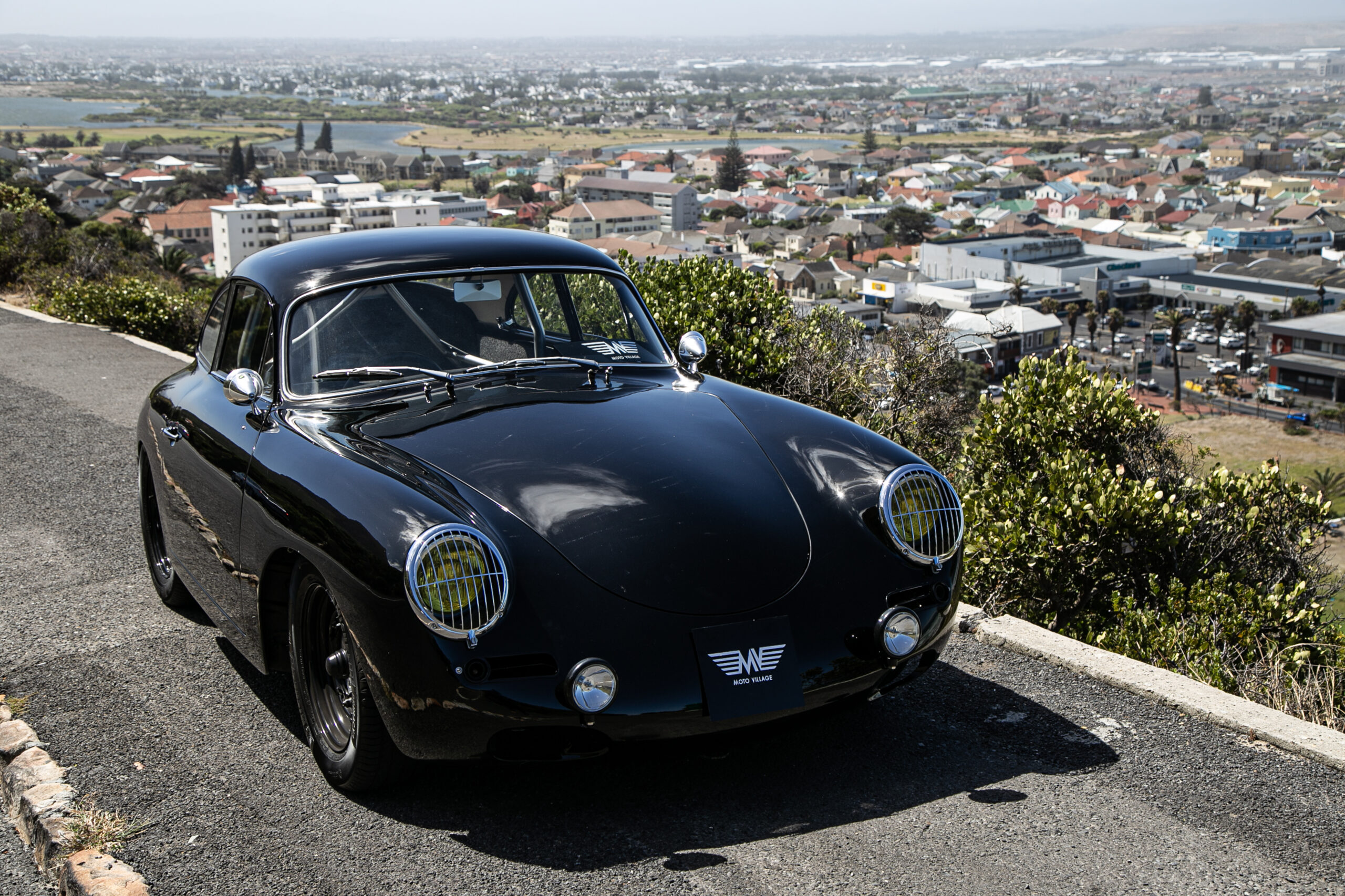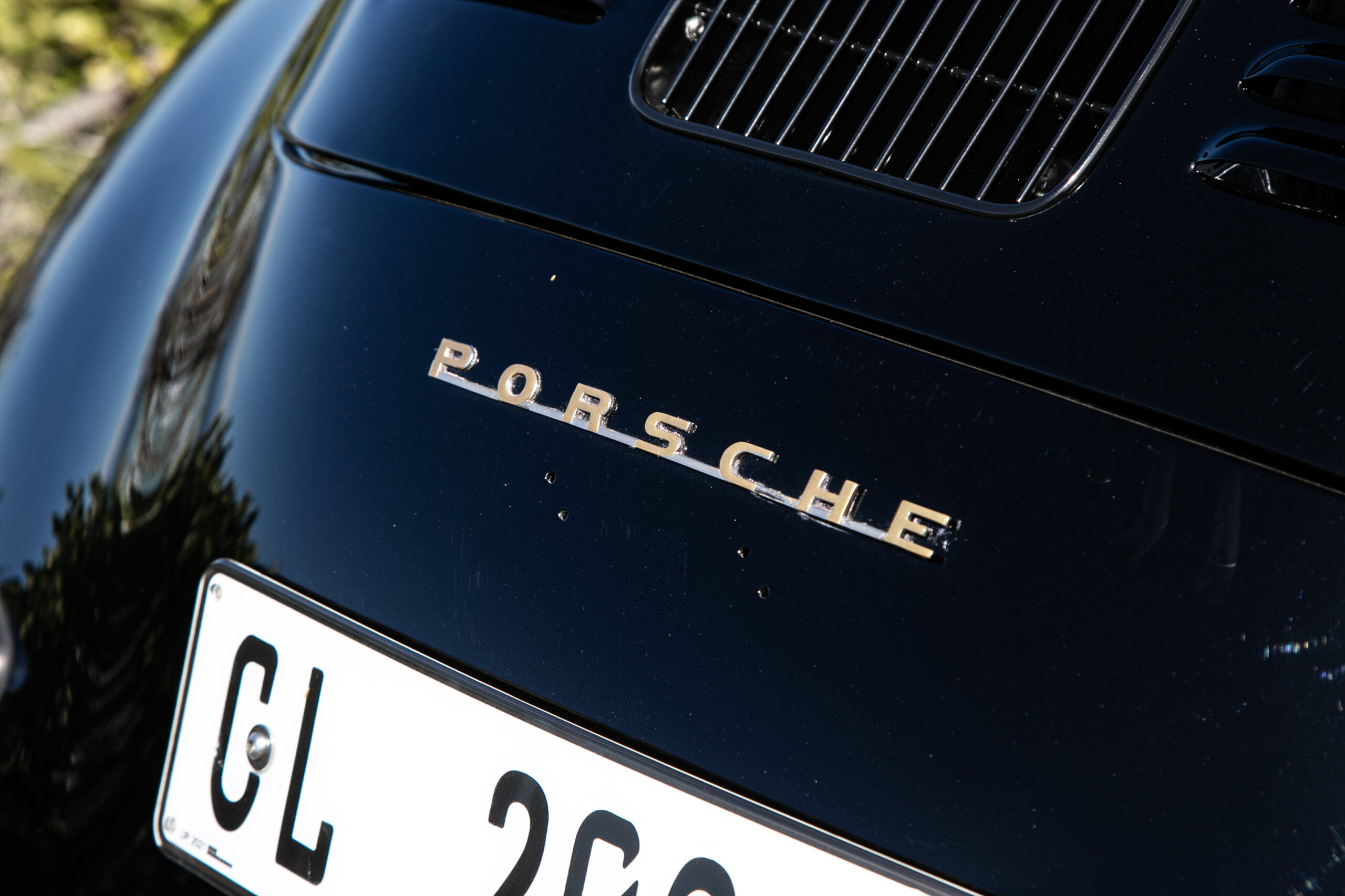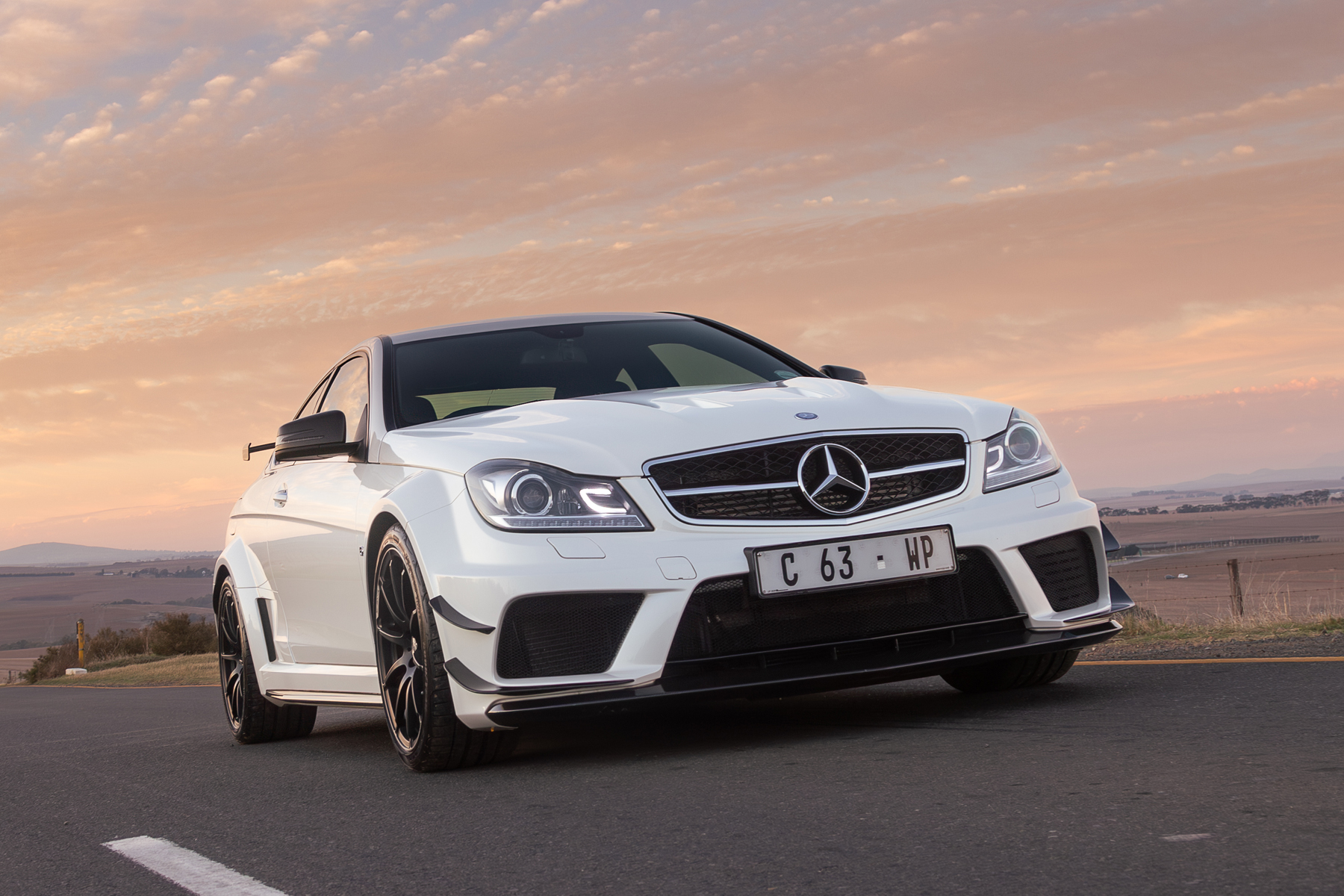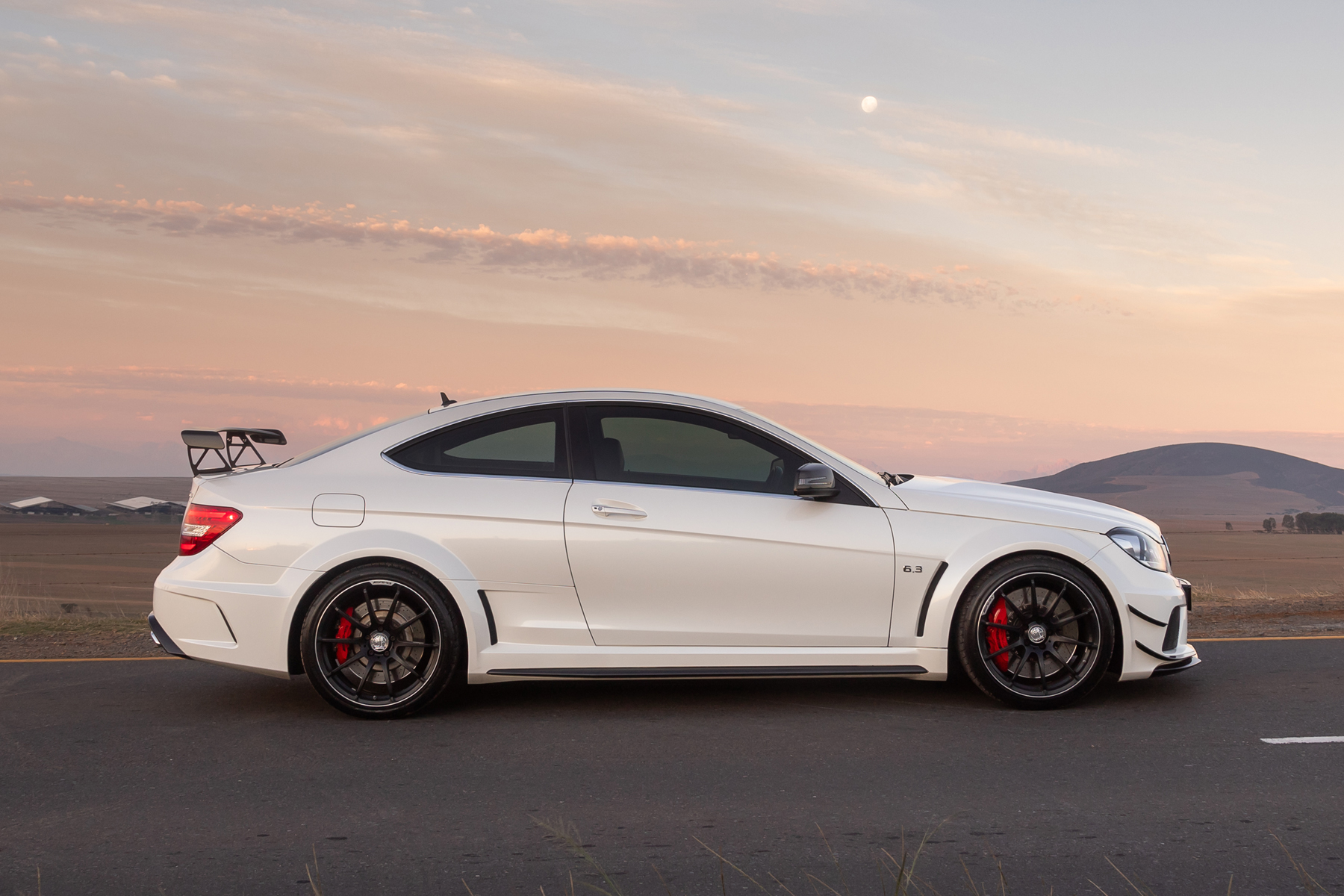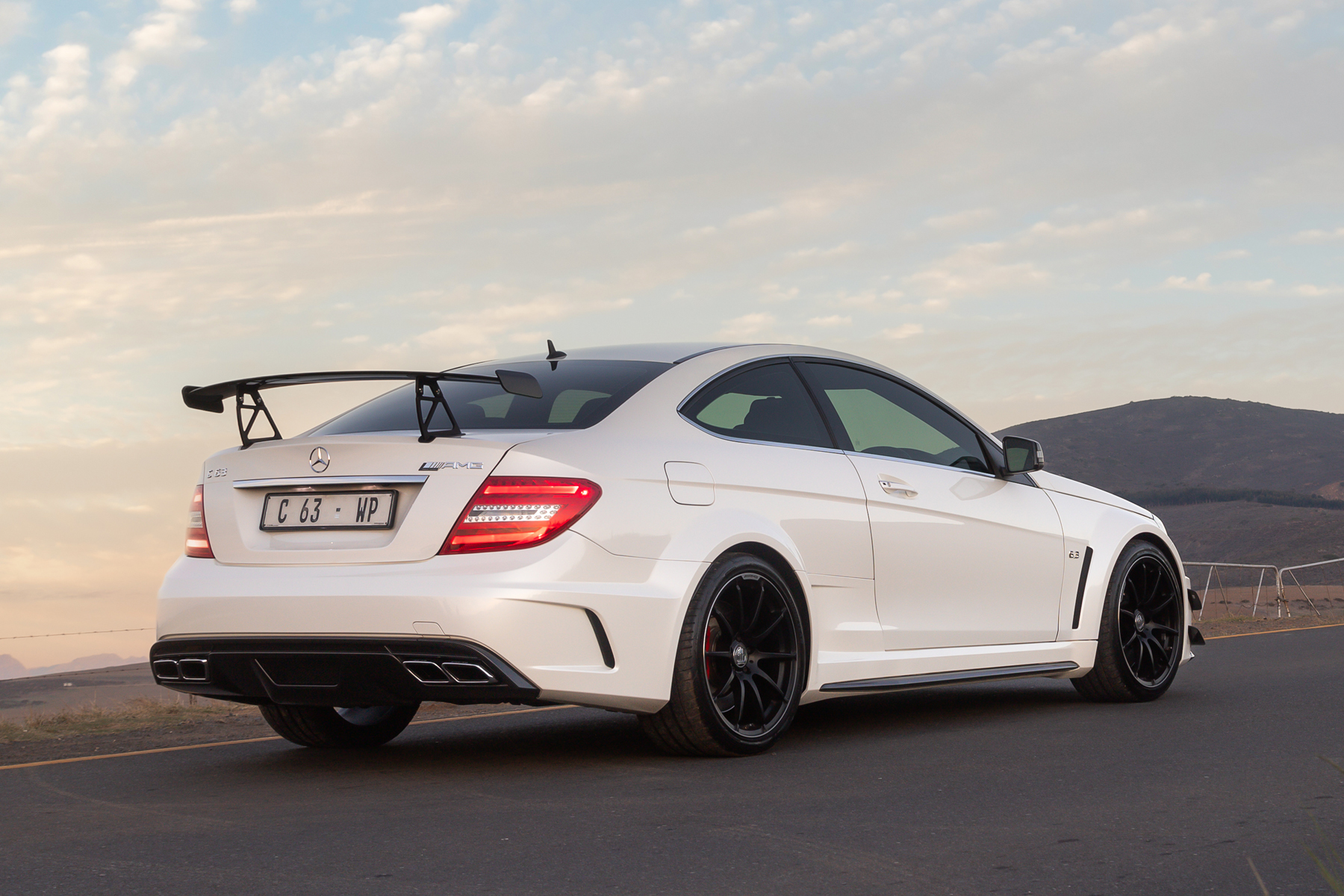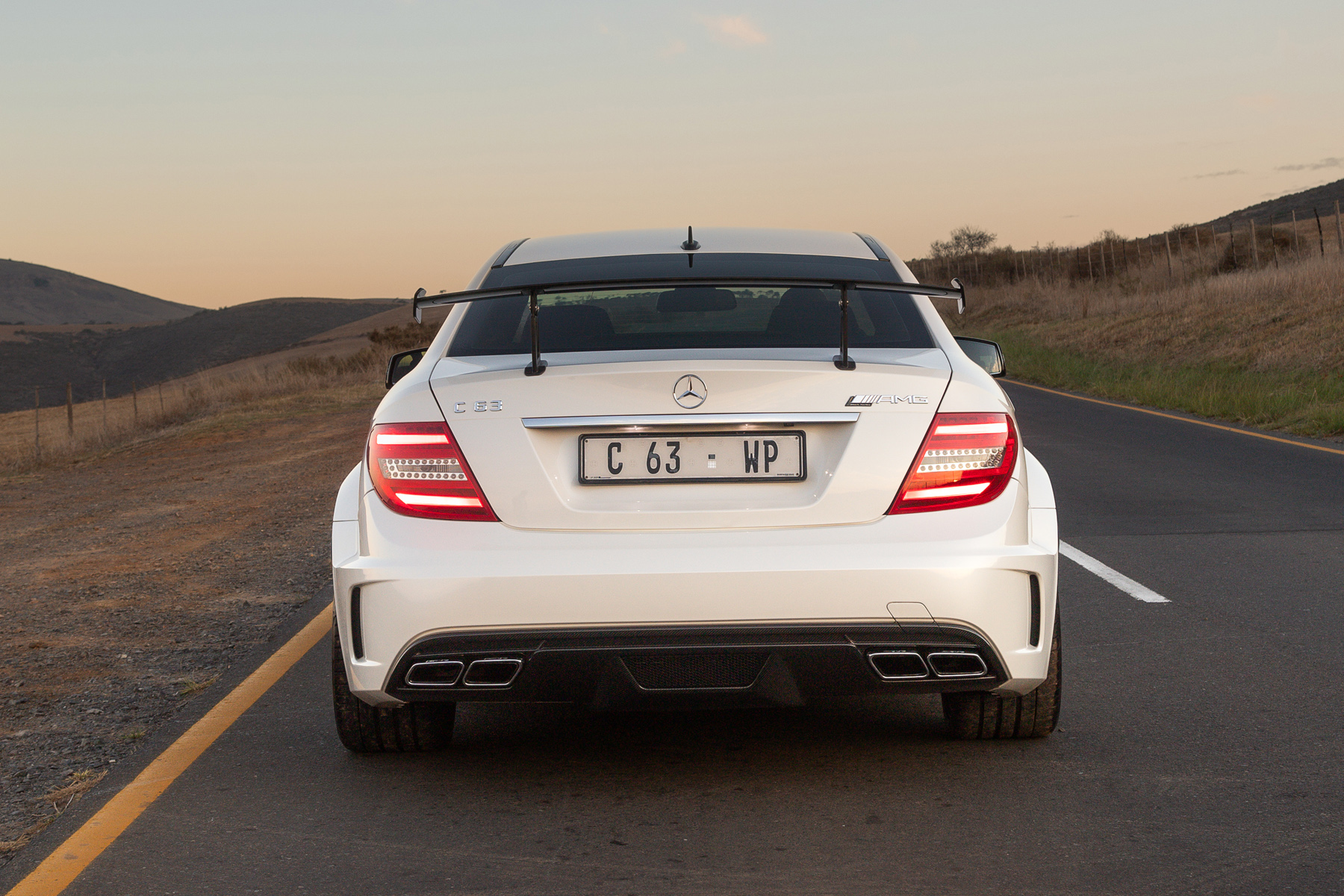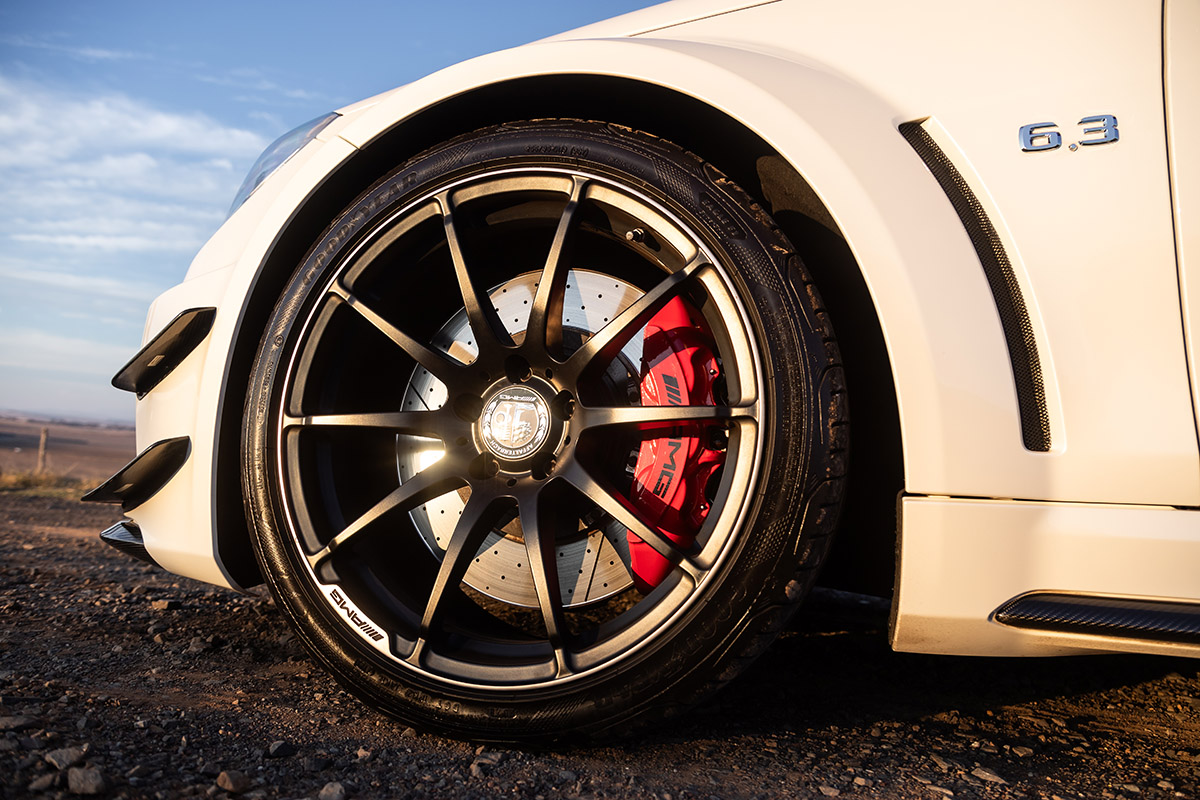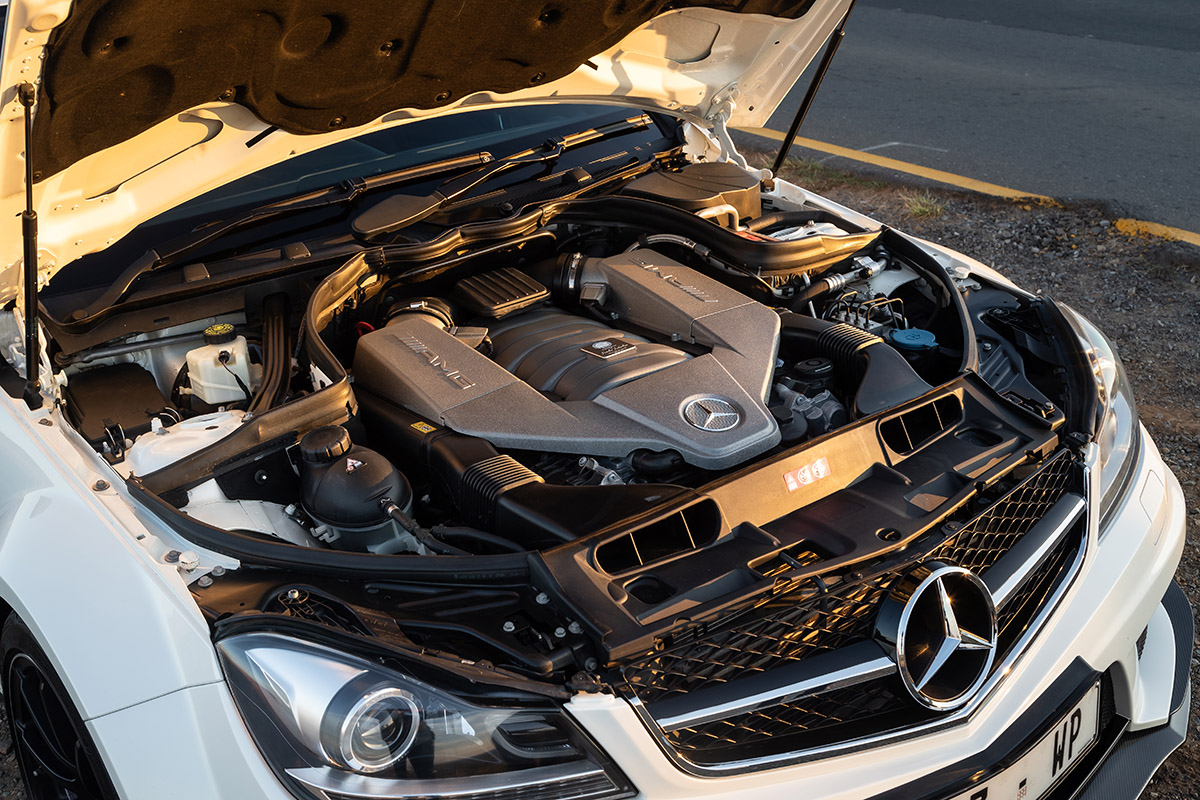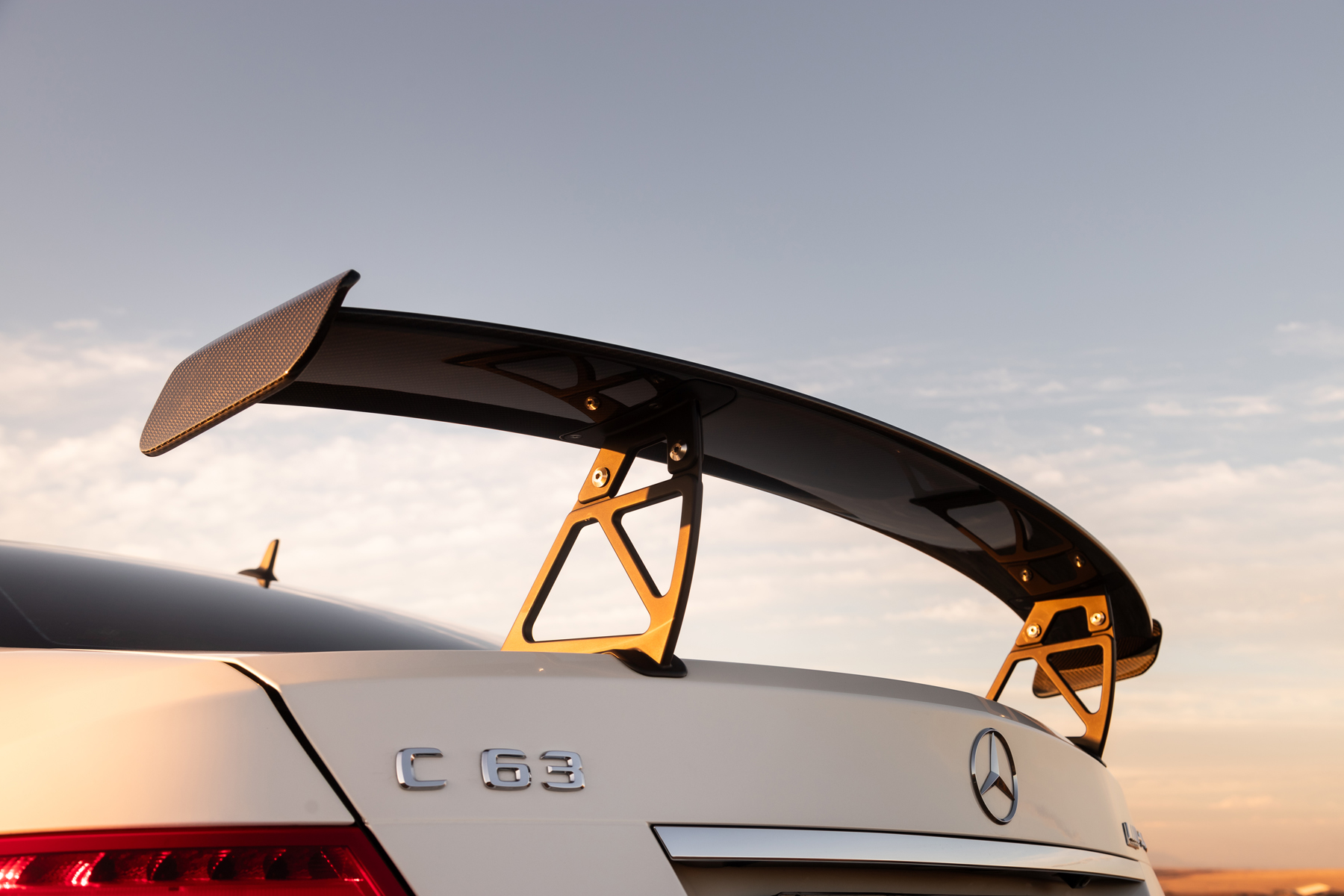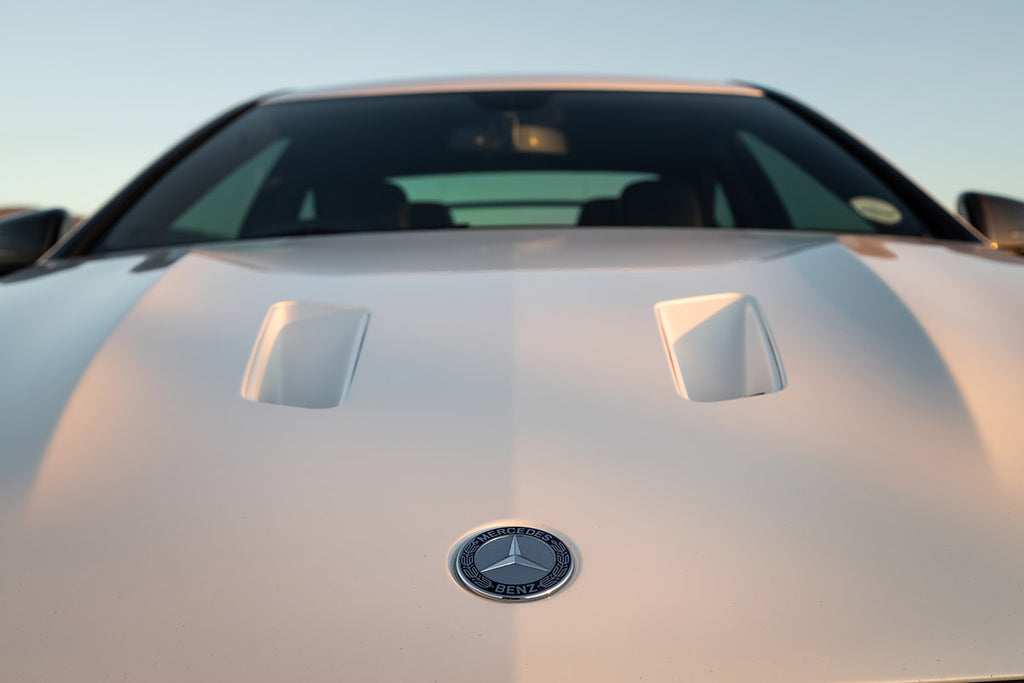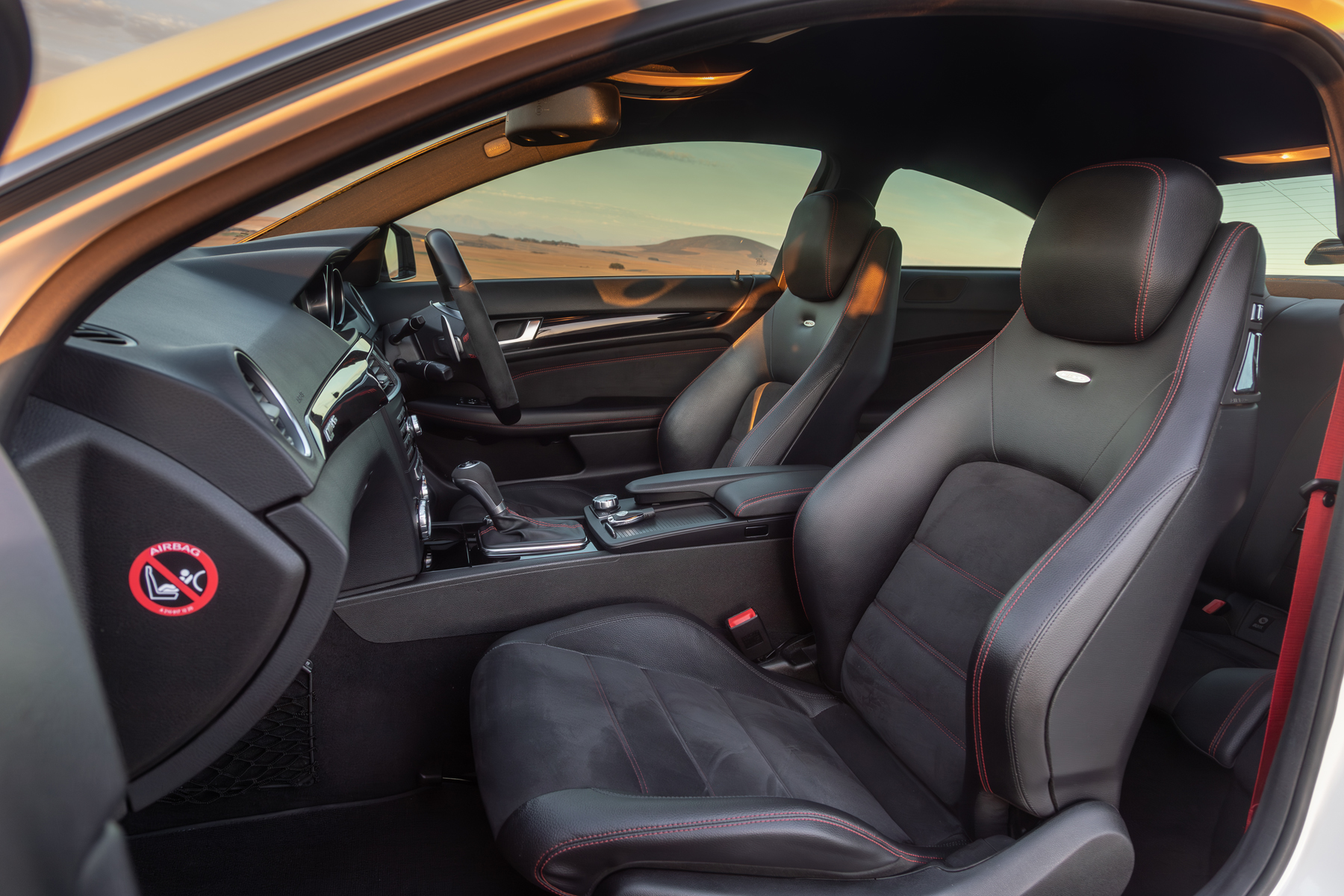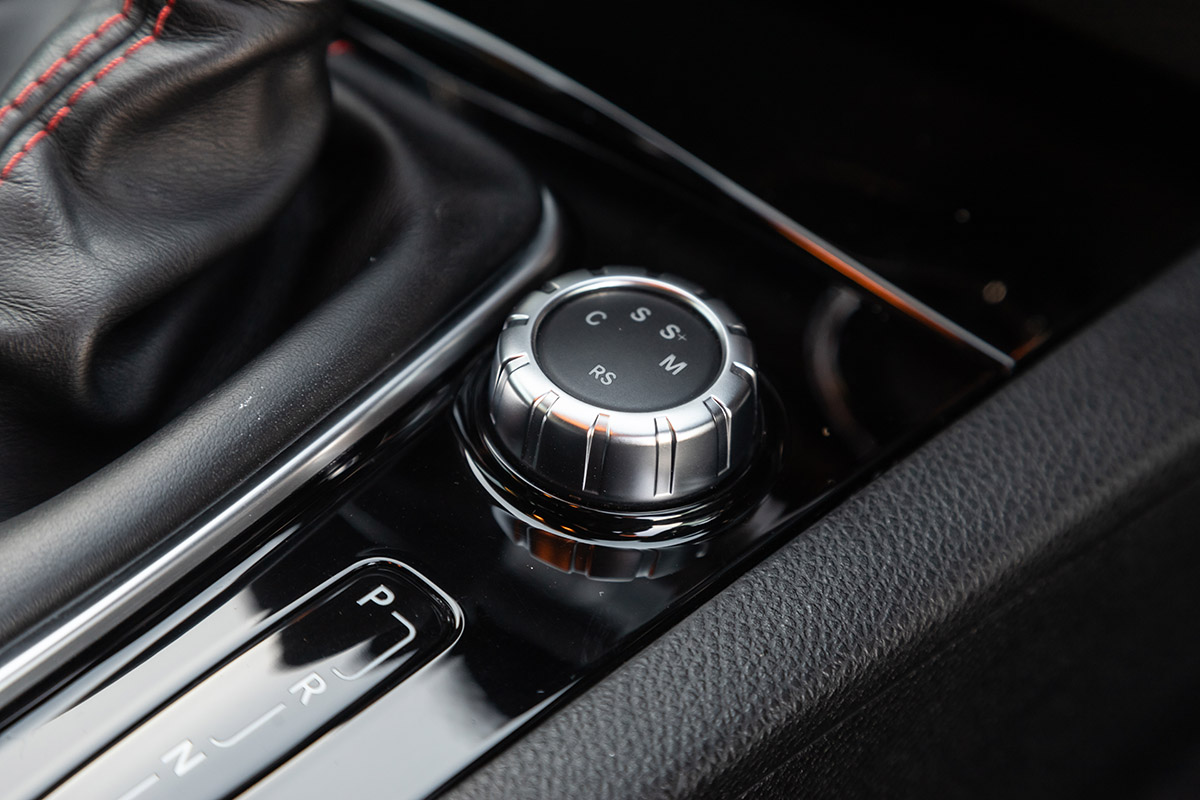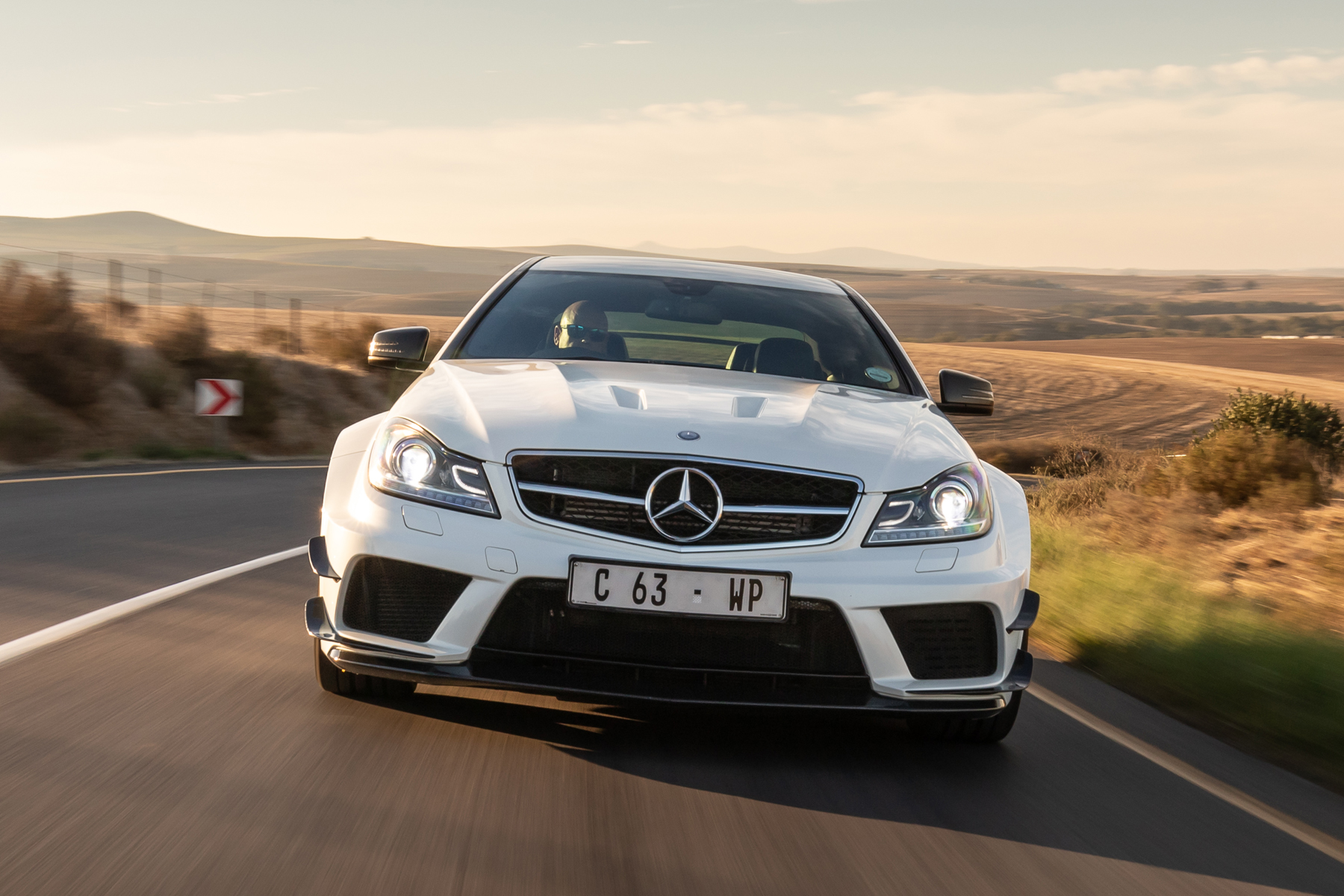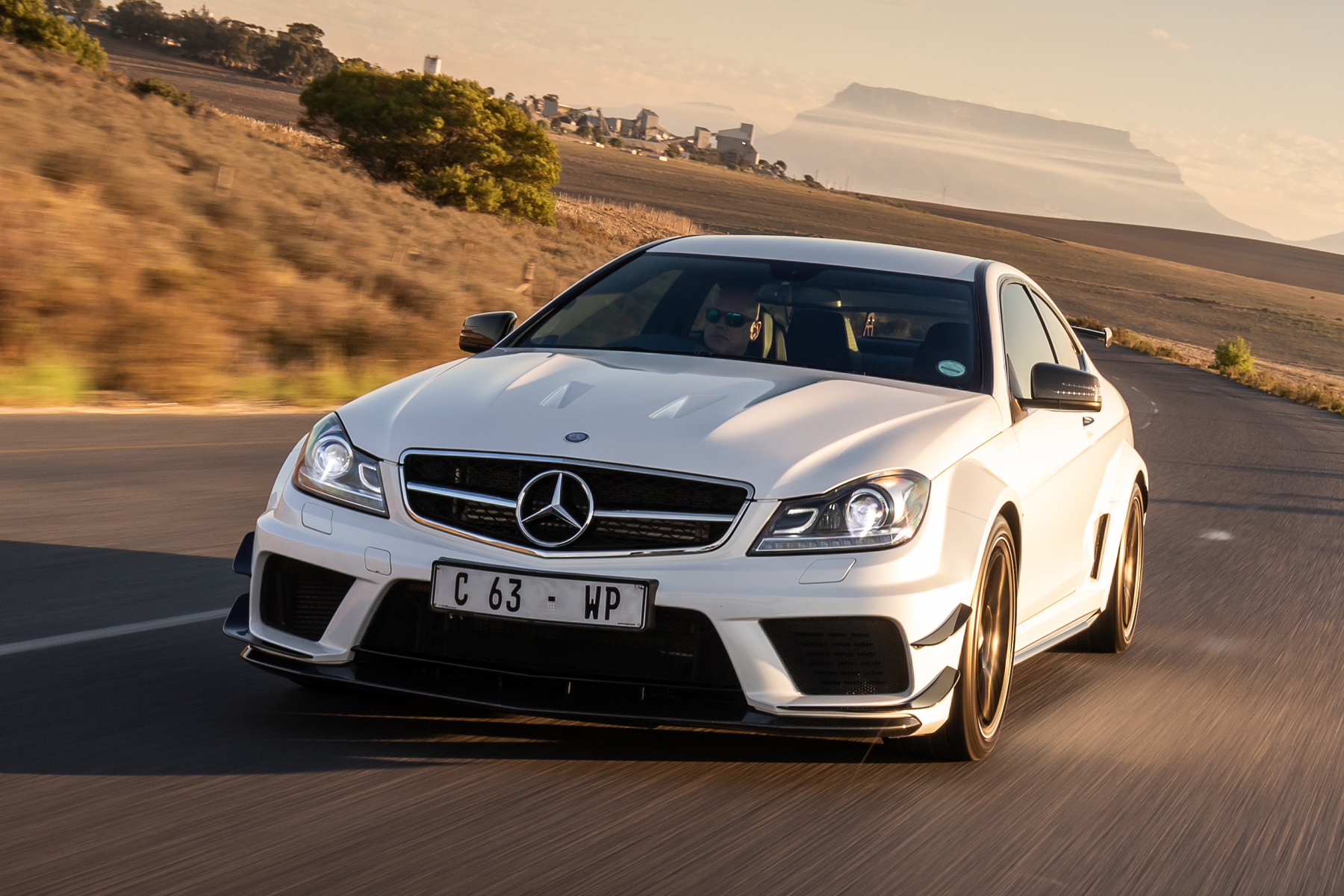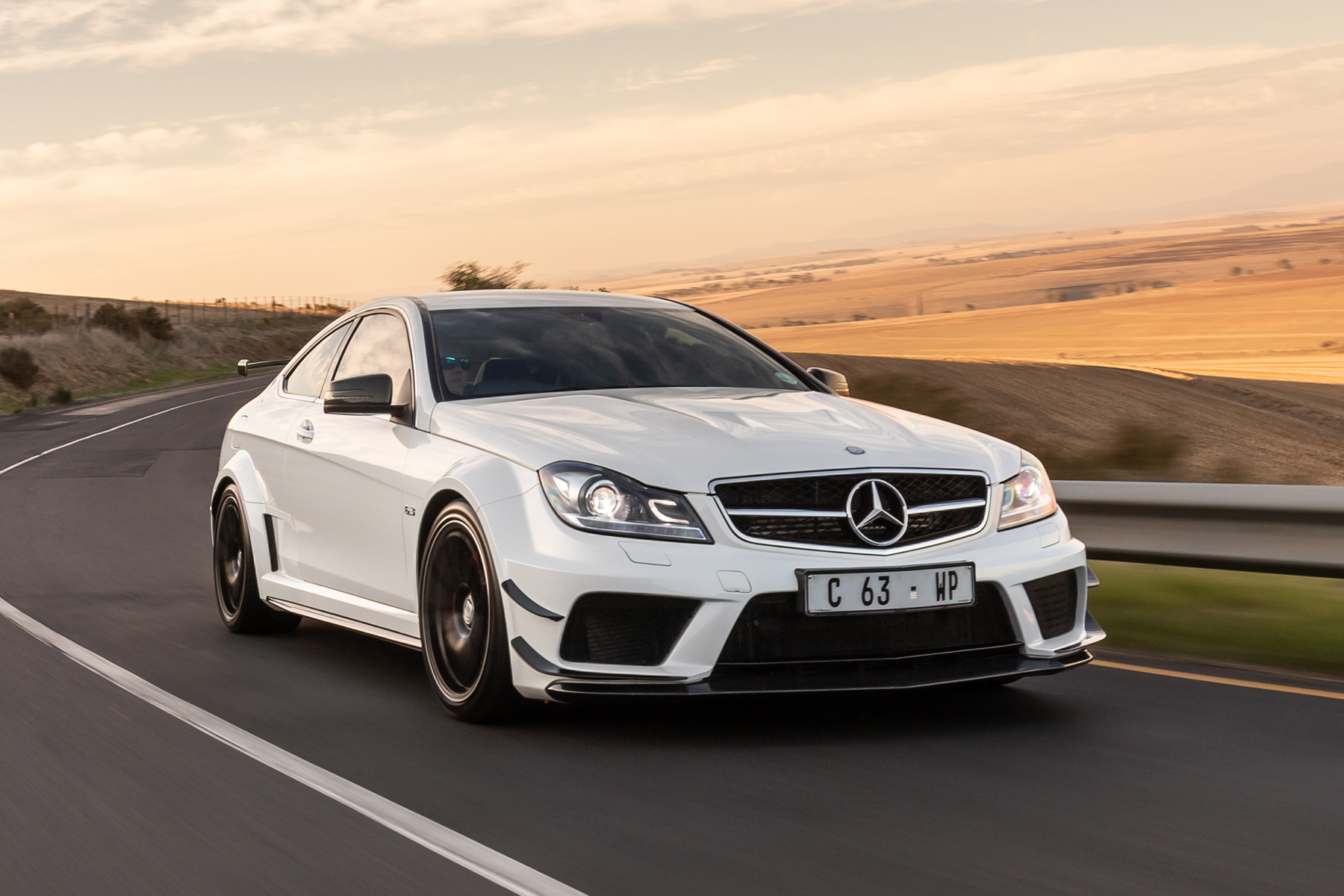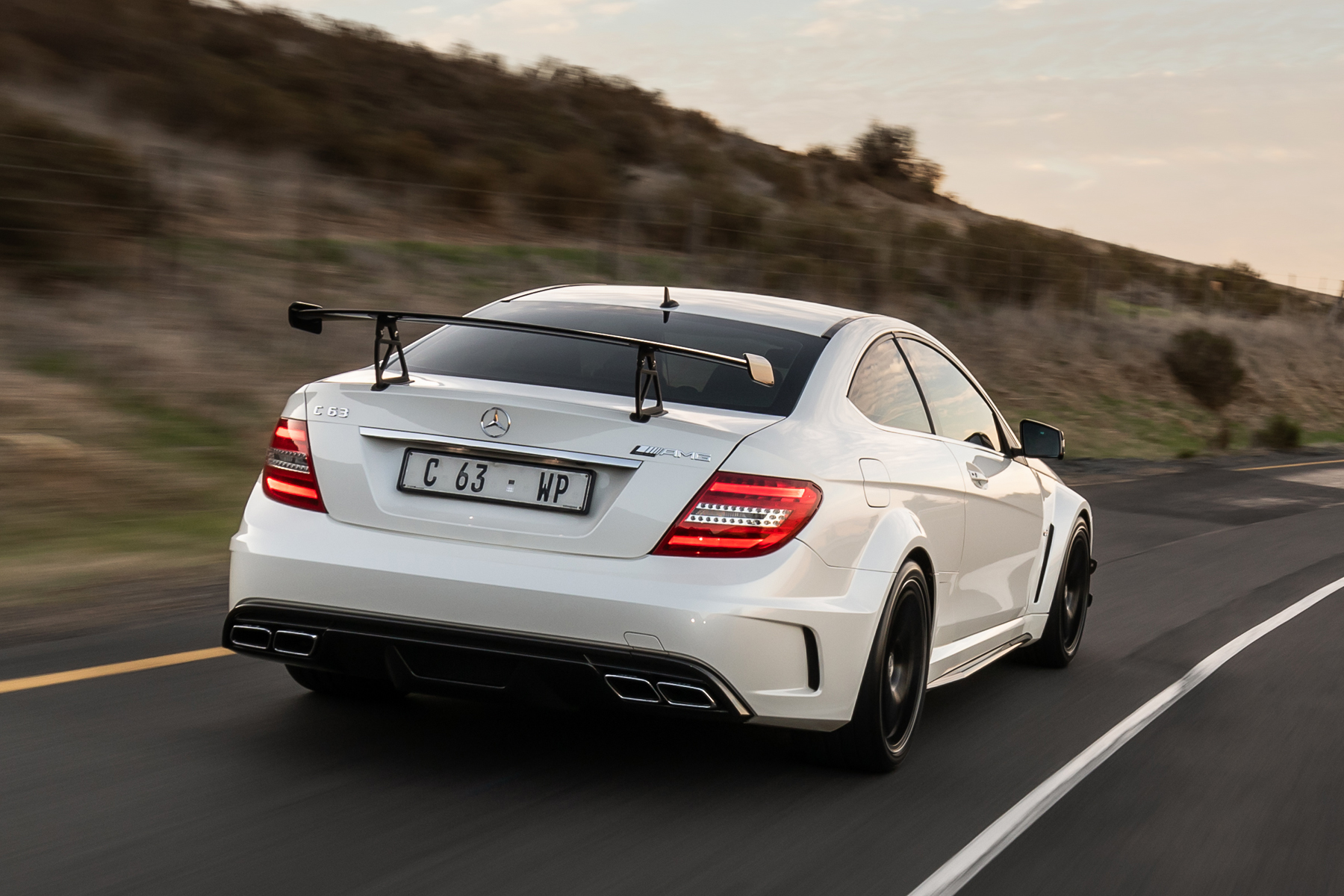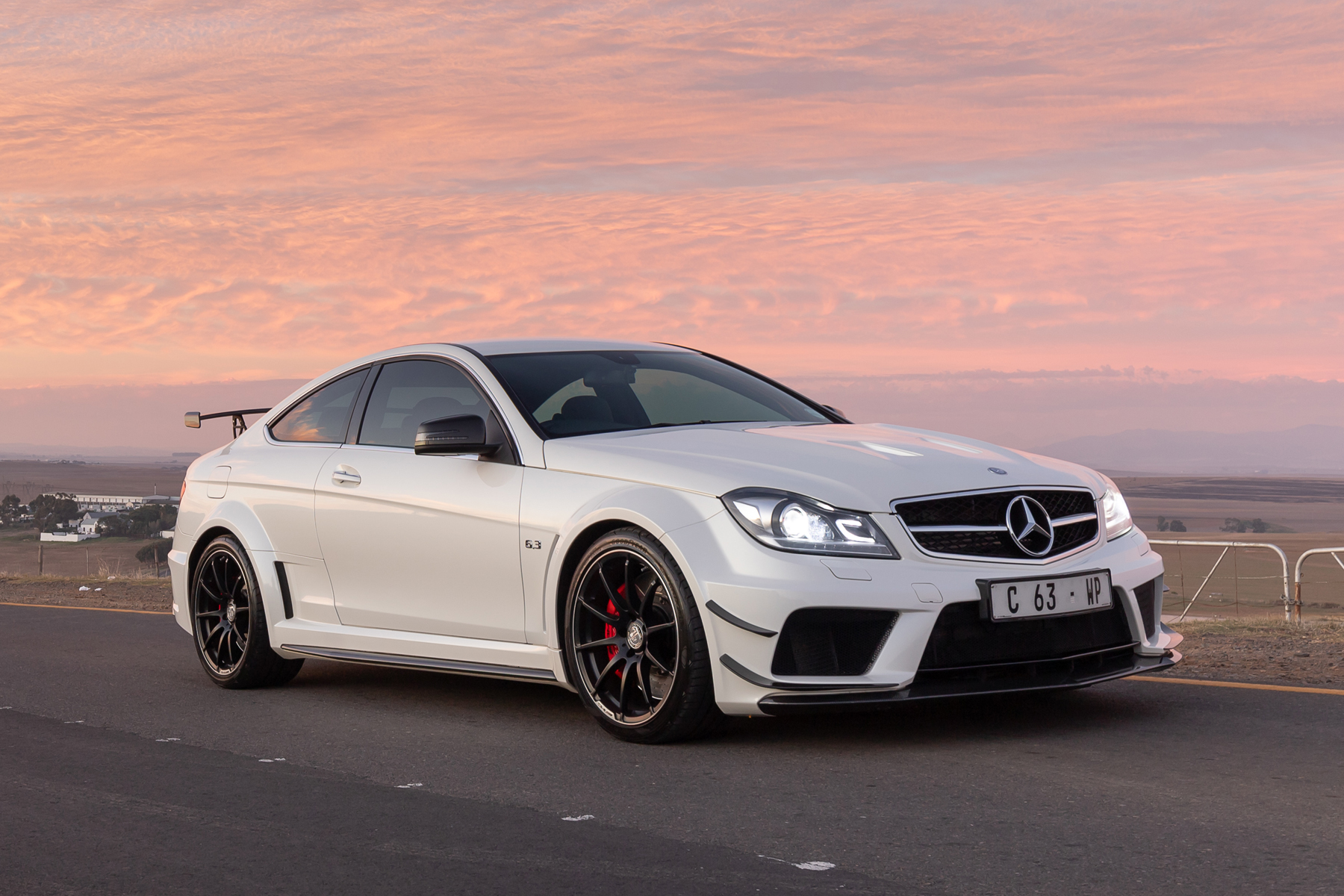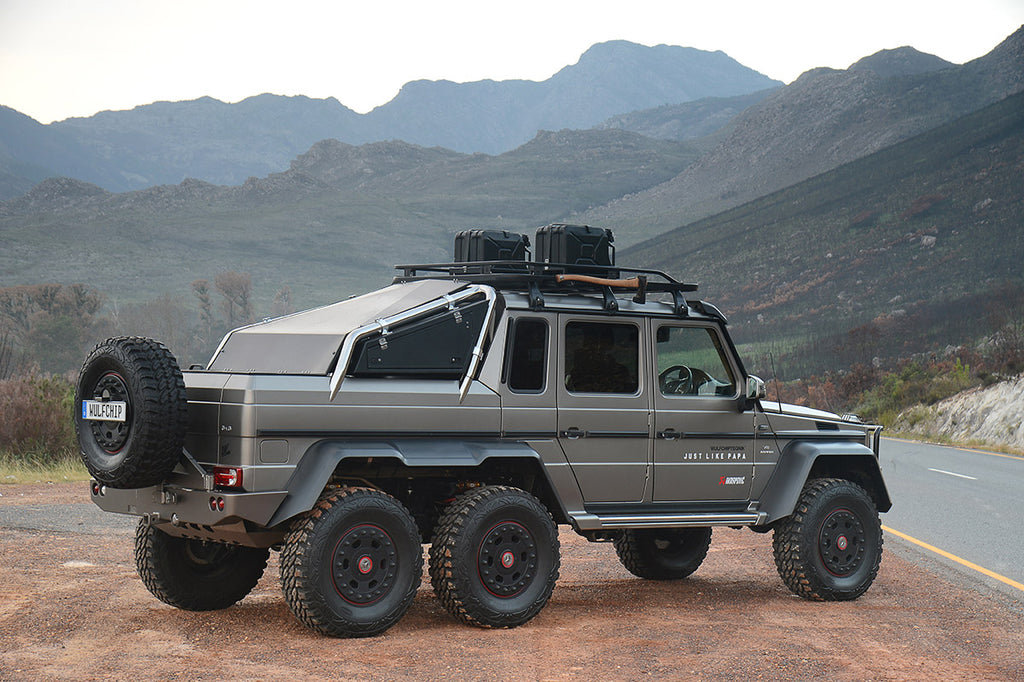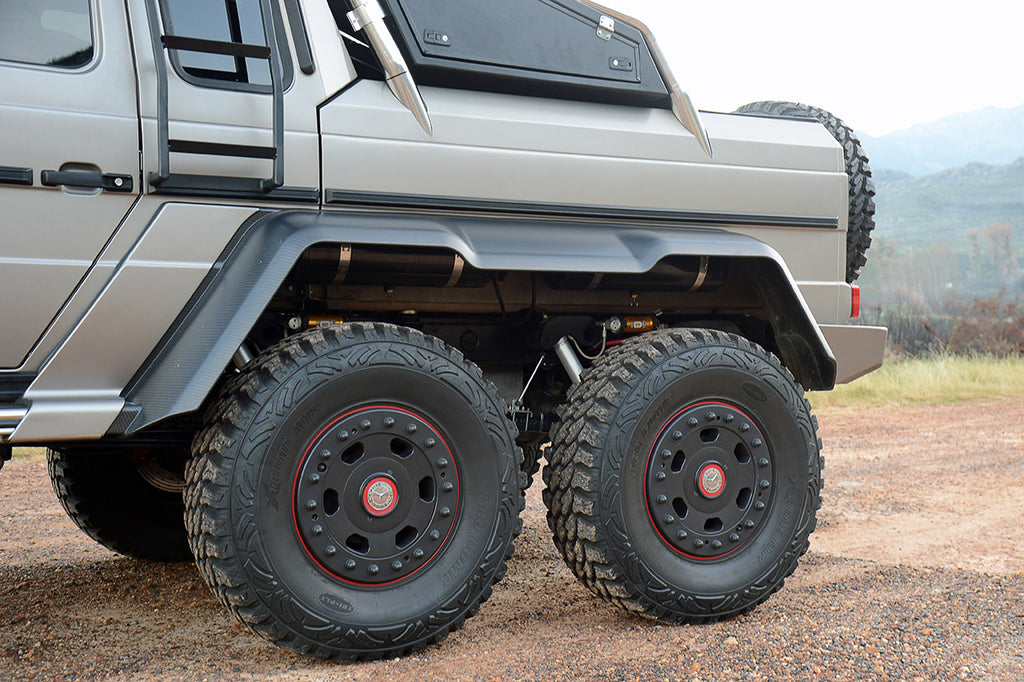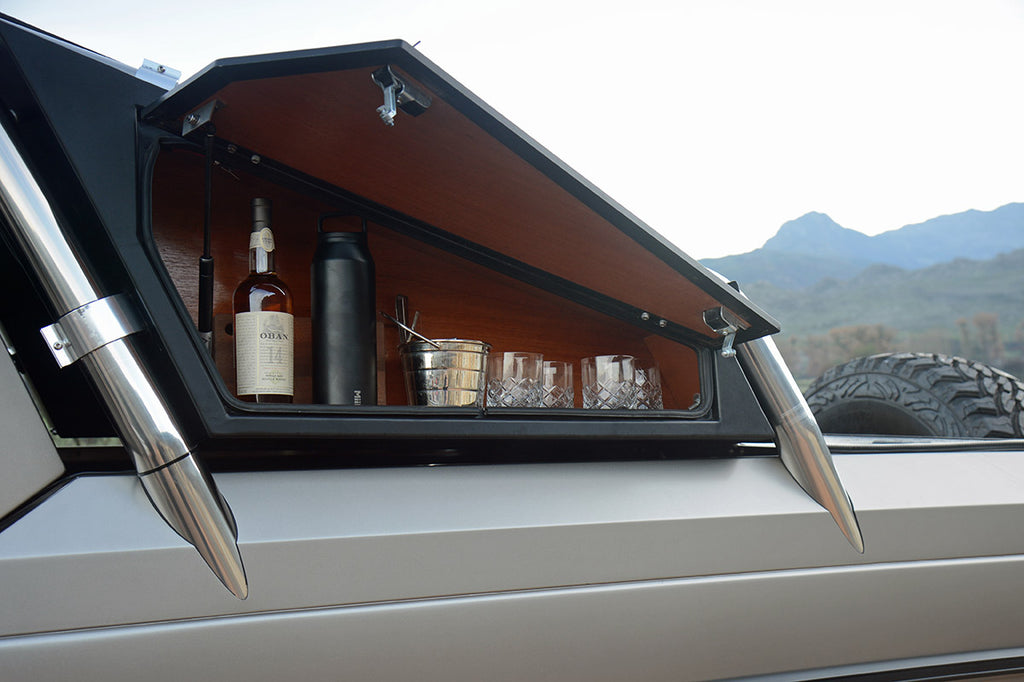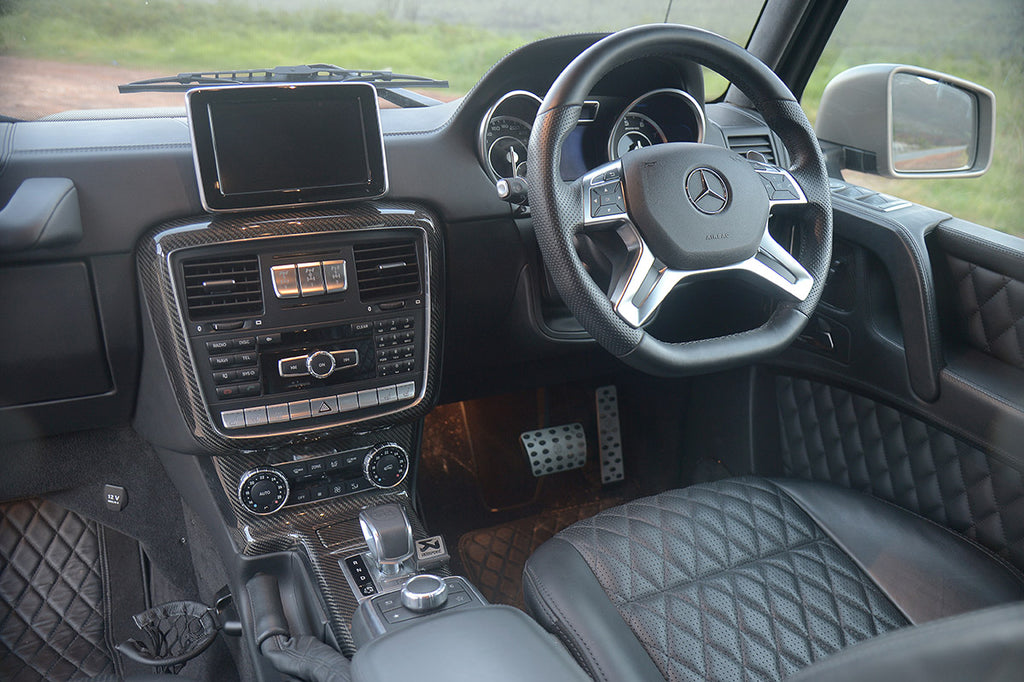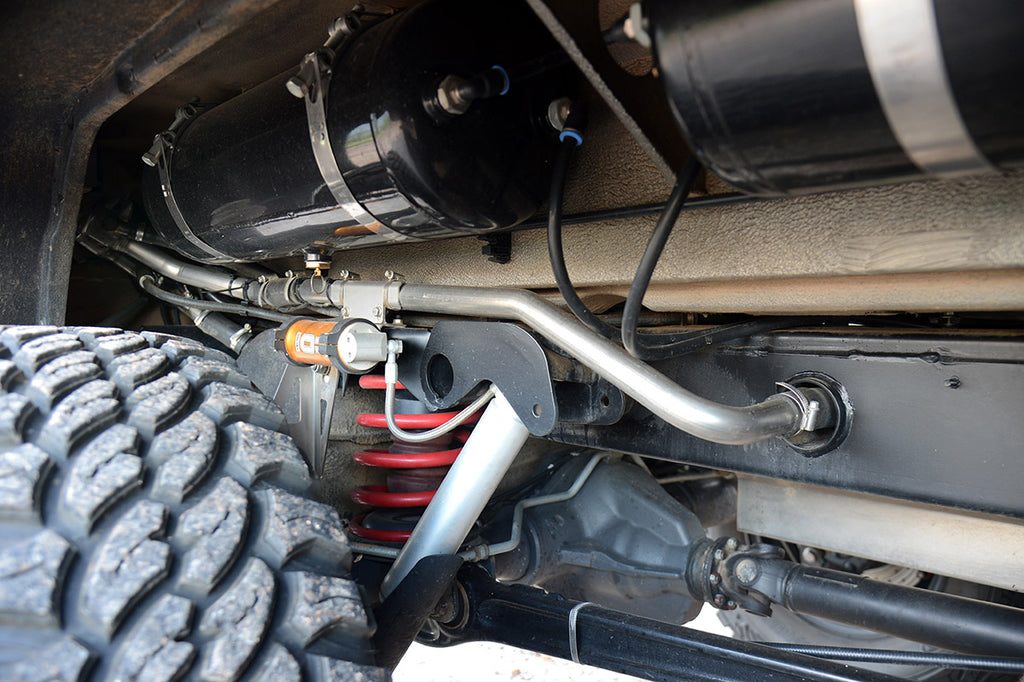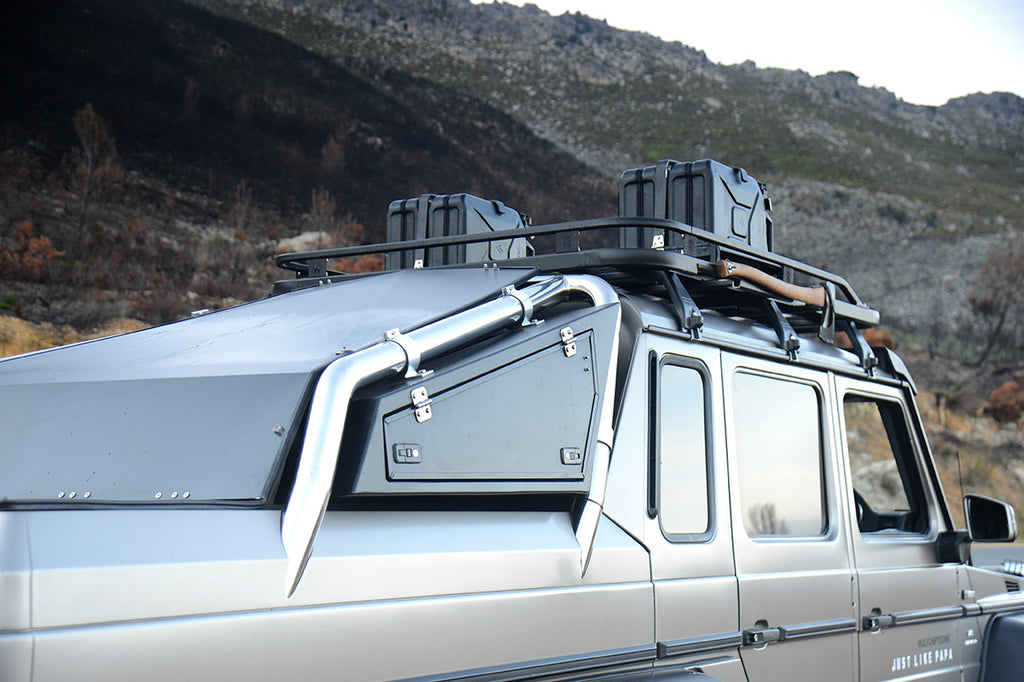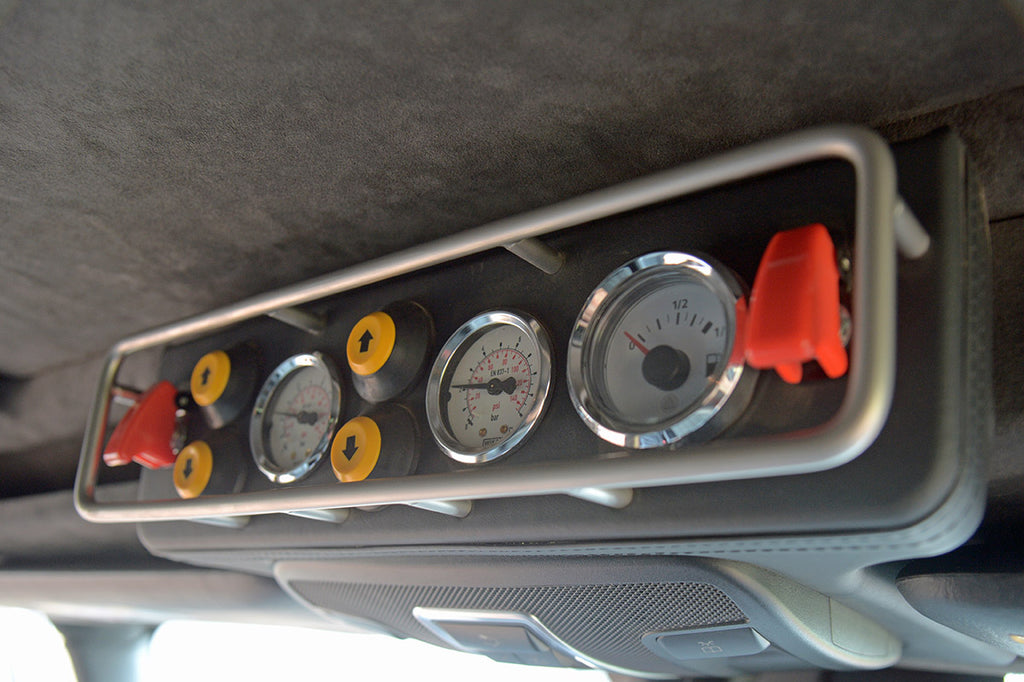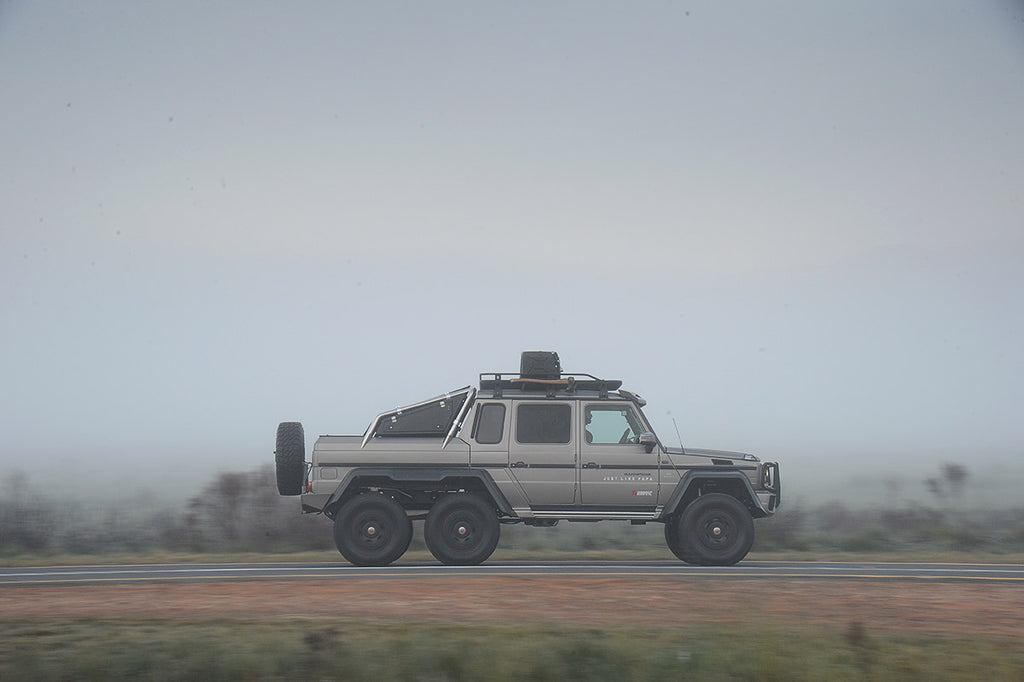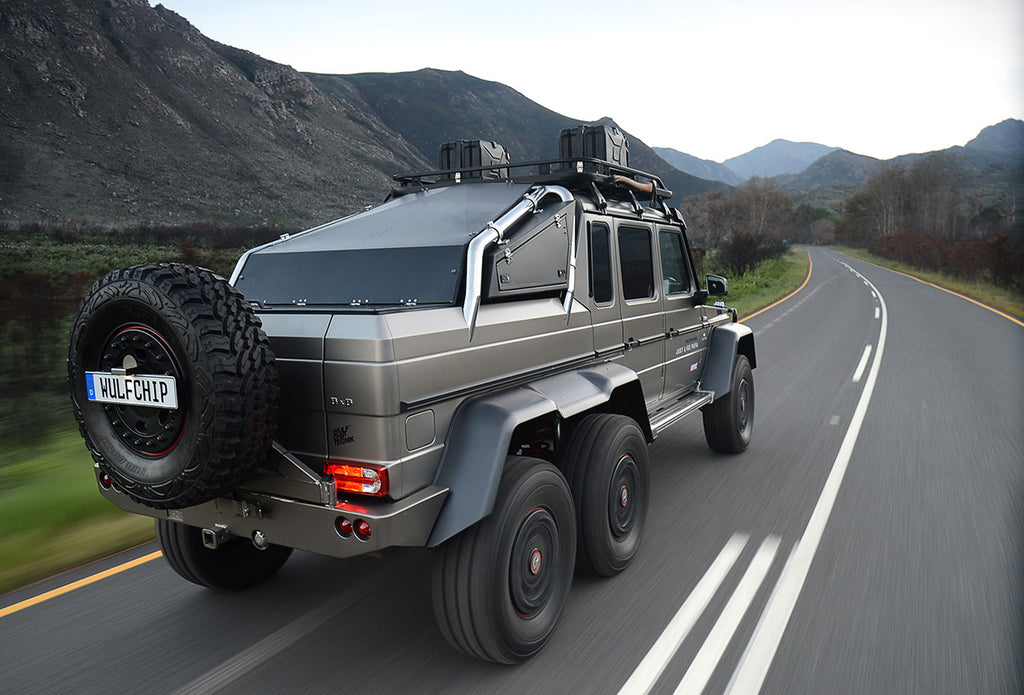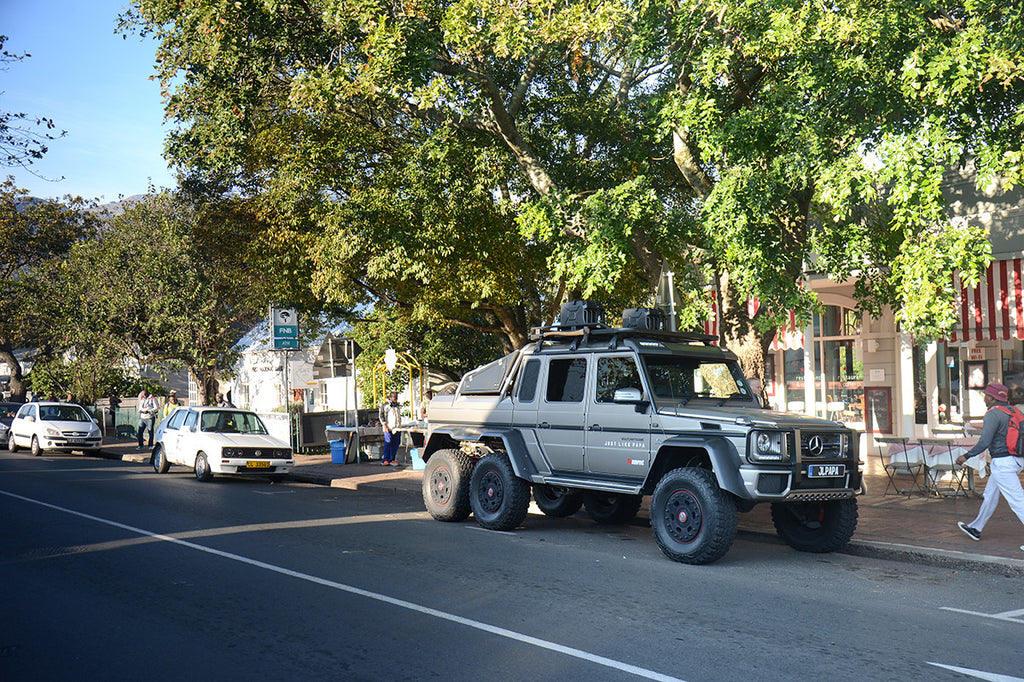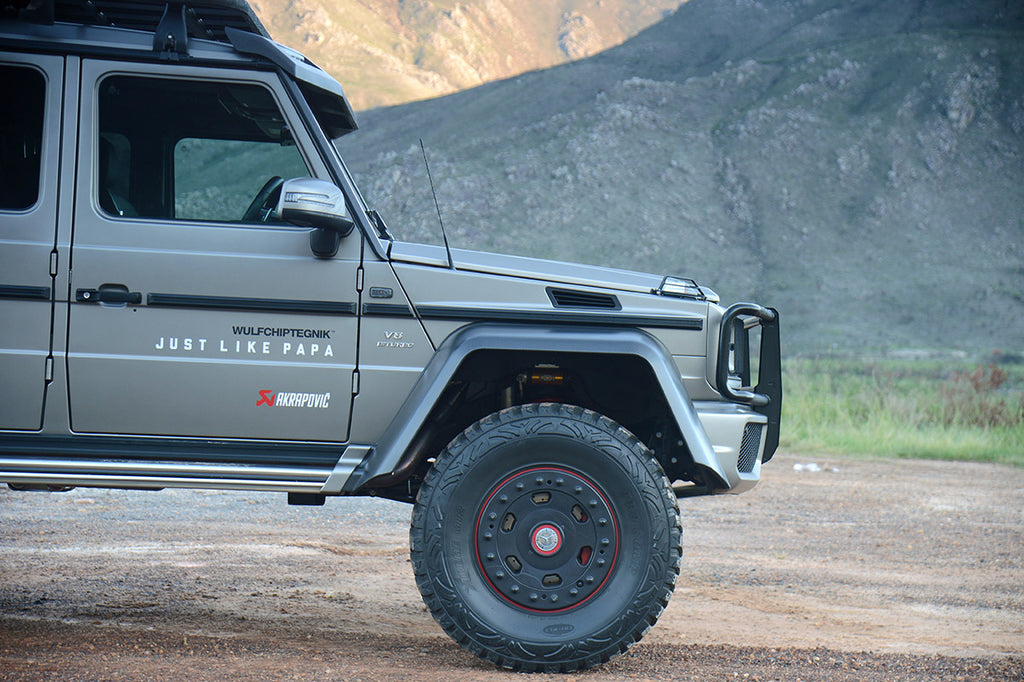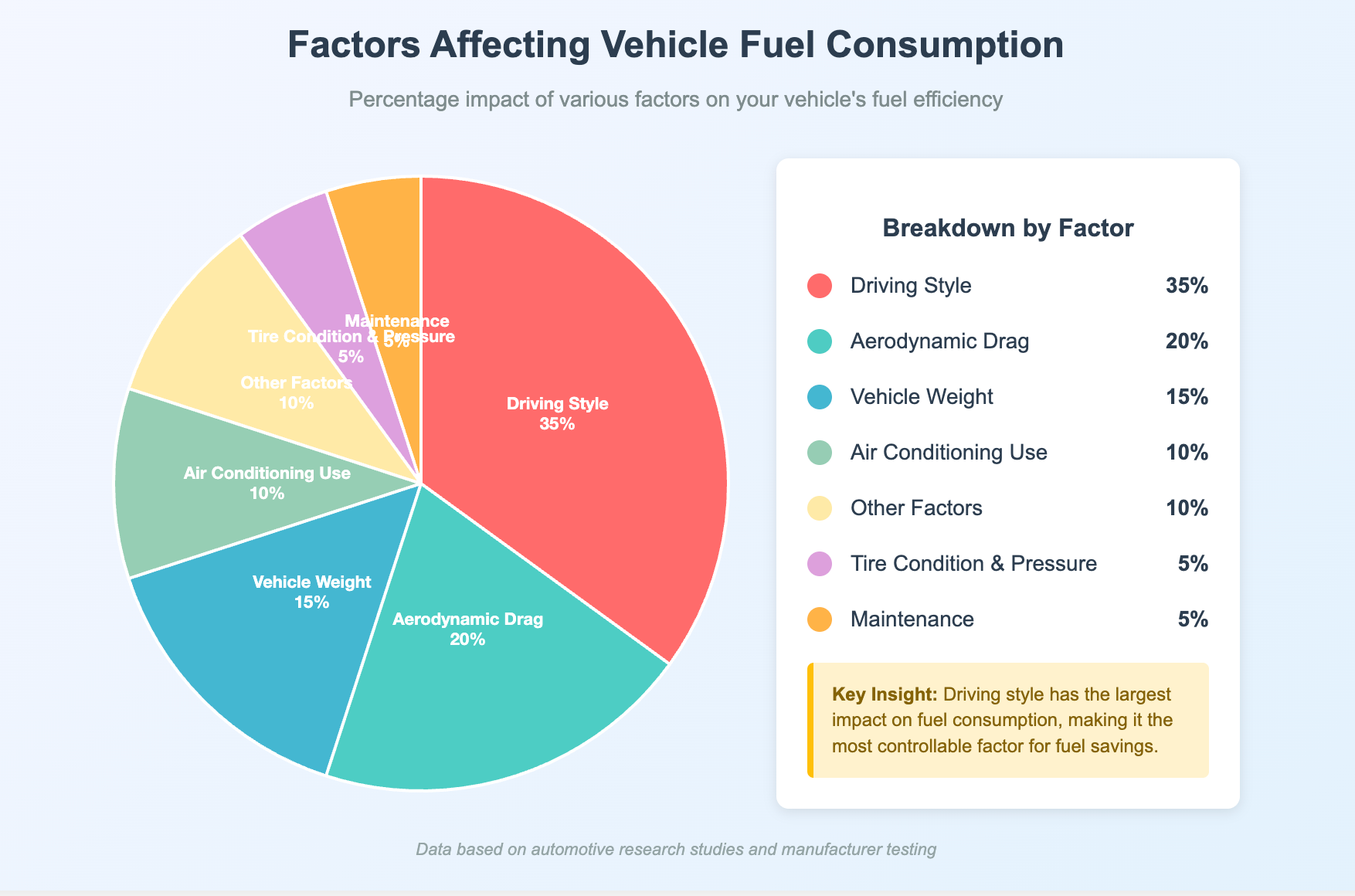Kia Sonet (2025) Specs & Price in South Africa
Interested in buying the updated Kia Sonet? You’ve come to the right place! Take a look at specification and pricing details below!
The Kia Sonet competes in the highly competitive compact SUV segment and the latest updated Sonet now offers revised styling as well as more choice for local buyers.
Want to know what it’s like to drive? Read: Kia Sonet (2024) Review

New Sonet LS joins the local range
Following the arrival of the updated Sonet in 2024, Kia also introduced a pair of entry-level Sonet LS derivatives, effectively expanding the range and giving buyers more choice!
The newly arrived 1.5 LS manual (R299 995) and 1.5 LS CVT (R324 995) derivatives are not majorly de-specced versions of their LX trim-grade equivalents (the range’s previous entry-level variants), yet they retail for R67k less than their siblings.
Although the improved affordability at the entry point of the facelifted Sonet range will be welcomed, the drawback is a reduction of the standard service plan from 4 years/60 000 km to 3 years/45 000 km.
What’s Changed on the latest Sonet?
The Kia Sonet’s design follows the Korean firm’s latest “Opposites United” design philosophy which is also employed on other Kia models such as the Picanto and Seltos.

The updated Sonet features a revised bonnet, grille and bumper and gains a new light signature. Kia has also reworked the rear taillight clusters.
A new paint colour option, Pewter Olive metallic is available and buyers can also choose from a dual-tone finish with either Glacier White Pearl with a black roof or Red metallic with a black roof. In addition, depending on the grade, 2 wheel options are also offered, both 16-inches in size.

The interior remains mostly the same as before and depending on the grade, the Sonet can be had with either an 8-inch or 10.25-inch touchscreen system.
As far as engines go, the familiar naturally-aspirated 1.5-litre petrol engine with 85 kW and 144 Nm is available in conjunction with either a 5-speed manual transmission or CVT automatic. A 3-cylinder 1.0-litre turbopetrol with 88 kW and 172 Nm is also available with a 7-speed dual-clutch (auto) transmission.

In terms of standard safety equipment, all variants are equipped with ABS with EBD, electronic stability control (including hill-start control), dual front airbags and ISOfix child seat anchors, while the EX Plus and SX variants come equipped with 6 airbags (additional side and curtain ‘bags).
The range-topping 1.5 SX CVT also comes equipped with advanced driver assistance systems, such as blind-spot collision avoidance assist, lane-keep and- follow assist and forward collision avoidance assist.
What features are available for the new Kia Sonet?

Sonet LS
The Sonet range starts with the LS trim, which includes:
- Daytime Running Lights
- 15-inch steel wheels with decorative covers
- Cloth and leather combination upholstery
- Manual air conditioning
- Height-adjustable driver’s seat
- Rake adjustable steering
- Steering-wheel mounted controls
- 4.2-inch TFT Supervision instrument cluster
- 8-inch touchscreen infotainment with 6 speakers
- Reverse-view camera
- Bluetooth with Voice Recognition
- Wireless Apple CarPlay and Android Auto
- USB charging ports (front and rear)
- Single-piece folding rear seatback
- Front disc brakes, with drums at the rear
- Central locking and immobiliser

Sonet LX
Offers the following over and above the LS grade:
- 16-inch alloy wheels
- Driver and front passenger sun-visor mirrors
- 60:40 split rear seats
- Disc brakes front and rear
Sonet EX
Offers the following over and above the LX grade:
- Rear parking sensors
- LED daytime running lights
- LED rear combination lights
- LED positioning lights
- Rear fog lamps
- Centre console armrest with integrated storage box
- Leather-wrapped steering wheel and transmission lever
- Auto-folding electric side mirrors with integrated indicator lamps
- Cruise control

Sonet EX Plus
Includes all LX features, but adds:
- Automatic climate control
- 16-inch diamond-cut alloy wheels
- Full artificial leather upholstery
- 10.25-inch LCD Supervision instrument cluster
- 10.25-inch colour infotainment touchscreen
- Electrochromatic rearview mirror

Sonet SX
Includes LX and EX features but adds:
- Smart entry with push-button start
- LED headlights
- LED front fog lights
- Wireless smartphone charger
- Drive Mode Select

How much does the Kia Sonet cost in South Africa?
*Note that pricing is accurate as of August 2025.
| Sonet 1.5 LS Manual | R299 995 |
| Sonet 1.5 LS CVT | R324 995 |
| Sonet 1.5 LS Runner panel van | R319 995 |
| Sonet 1.5 LX Manual | R366 995 |
| Sonet 1.5 LX CVT | R391 995 |
| Sonet 1.5 EX CVT | R411 995 |
| Sonet 1.0T EX DCT | R436 995 |
| Sonet 1.5 EX Plus CVT | R454 995 |
| Sonet 1.5 SX CVT | R484 995 |
The Sonet is sold with Kia’s 5-year/unlimited km warranty, inclusive of Roadside Assistance. Note, however, that although the facelifted Kia Sonet was launched (in June 2024) with a 4-year/60 000 km service plan as standard, that has now been reduced to a 3-year/45 000 km service plan.
Buy a new Kia Sonet on Cars.co.za
Buy a used Kia Sonet on Cars.co.za
Frequently Asked Questions
Q: What is the Kia Sonet?
A: The Kia Sonet is a compact crossover vehicle in the South African market. It was first launched in 2021 and received a mid-life upgrade in 2024, introducing new features and an updated design.
Q: What engine options are available for the Kia Sonet?
A: The Kia Sonet is offered with two engine options: a 1.5-liter naturally-aspirated petrol engine and a 1.0-liter, 3-cylinder turbopetrol engine. The turbocharged version is recommended for those who need more power, especially at higher altitudes.
Q: What are the key features of the 2024 Kia Sonet?
A: The 2024 facelift introduced several tech features, including wireless Android Auto/Apple CarPlay, Bluetooth with voice recognition, and a reverse camera. The top-tier SX grade also comes with an active safety suite.
Q: What are the disadvantages of the Kia Sonet?
A: According to the article, some disadvantages include a low airbag count (only two) in the entry-level models, a significant power loss in the 1.5-liter engine at high altitudes, and the high price of the flagship SX model. The service plan was also reduced from 4 years/60,000 km to 3 years/45,000 km.
Q: Which Kia Sonet model is the best to buy?
A: The article recommends the Sonet 1.5 EX+ model as the best balance of specification and price.
Related Content
Kia Sonet (2025) Specs & Price in South Africa
Kia Sonet – Why you should buy it
Reviews
